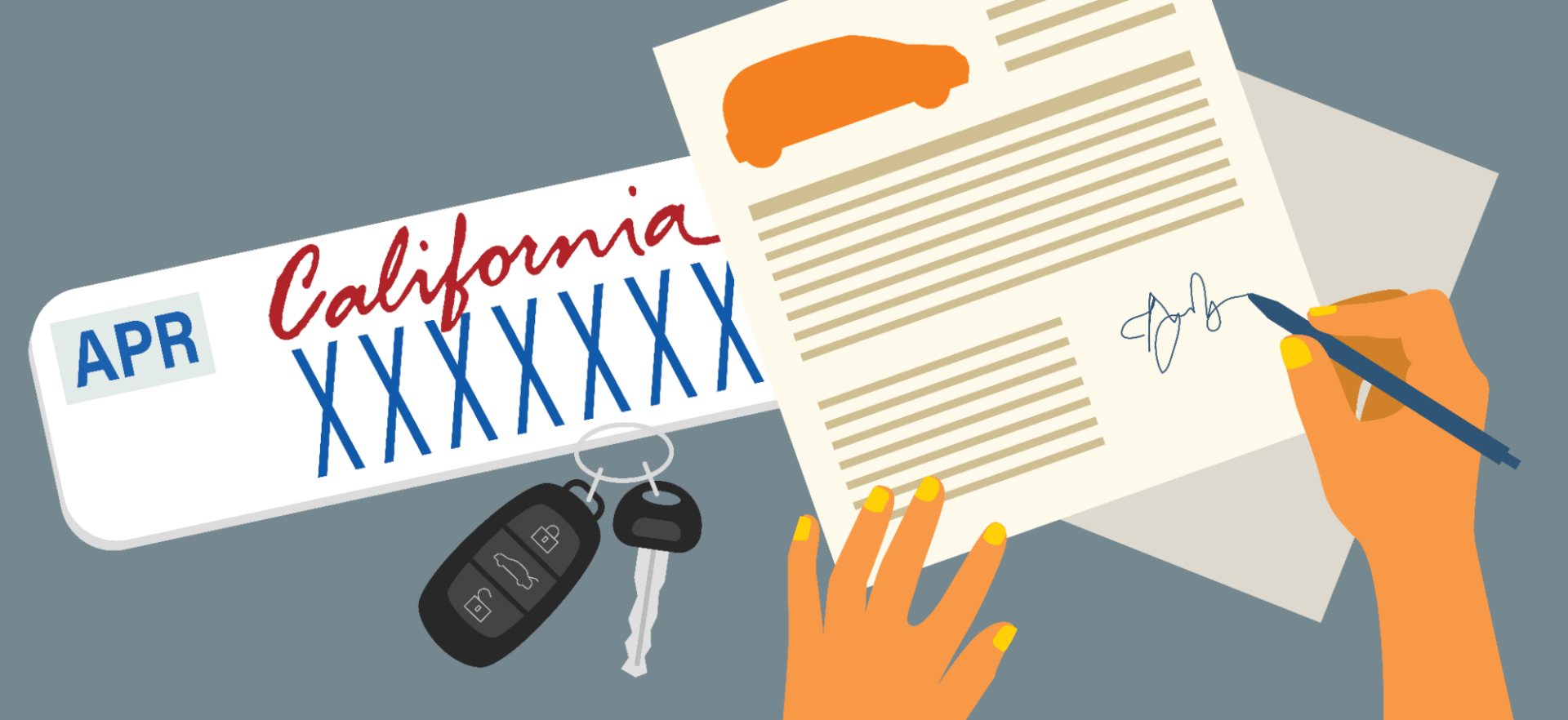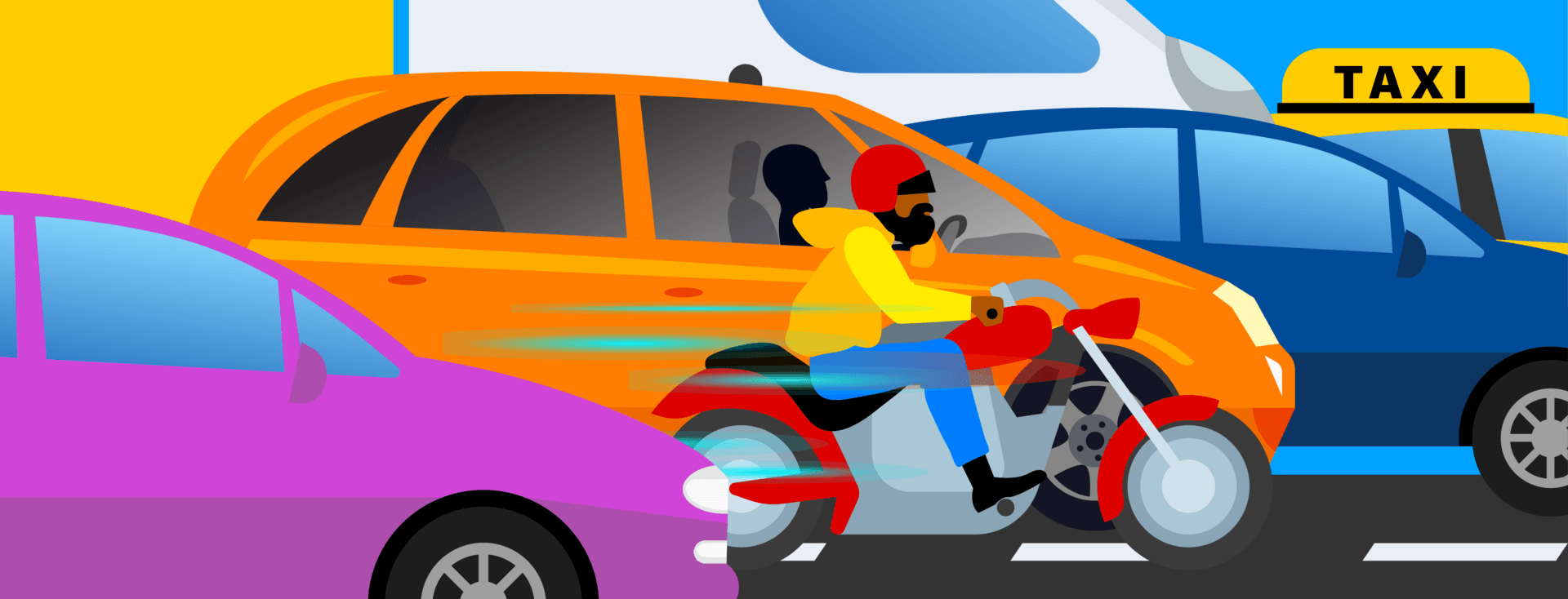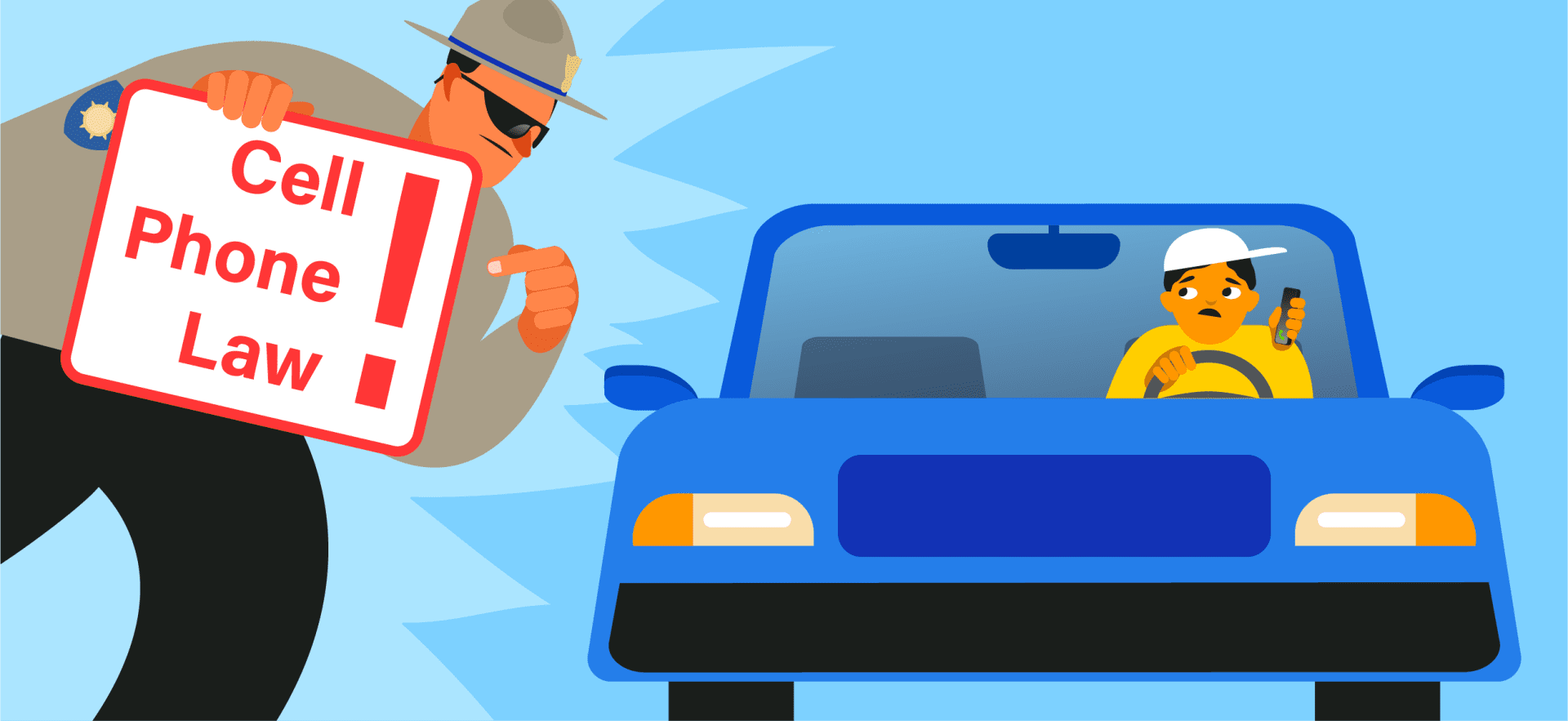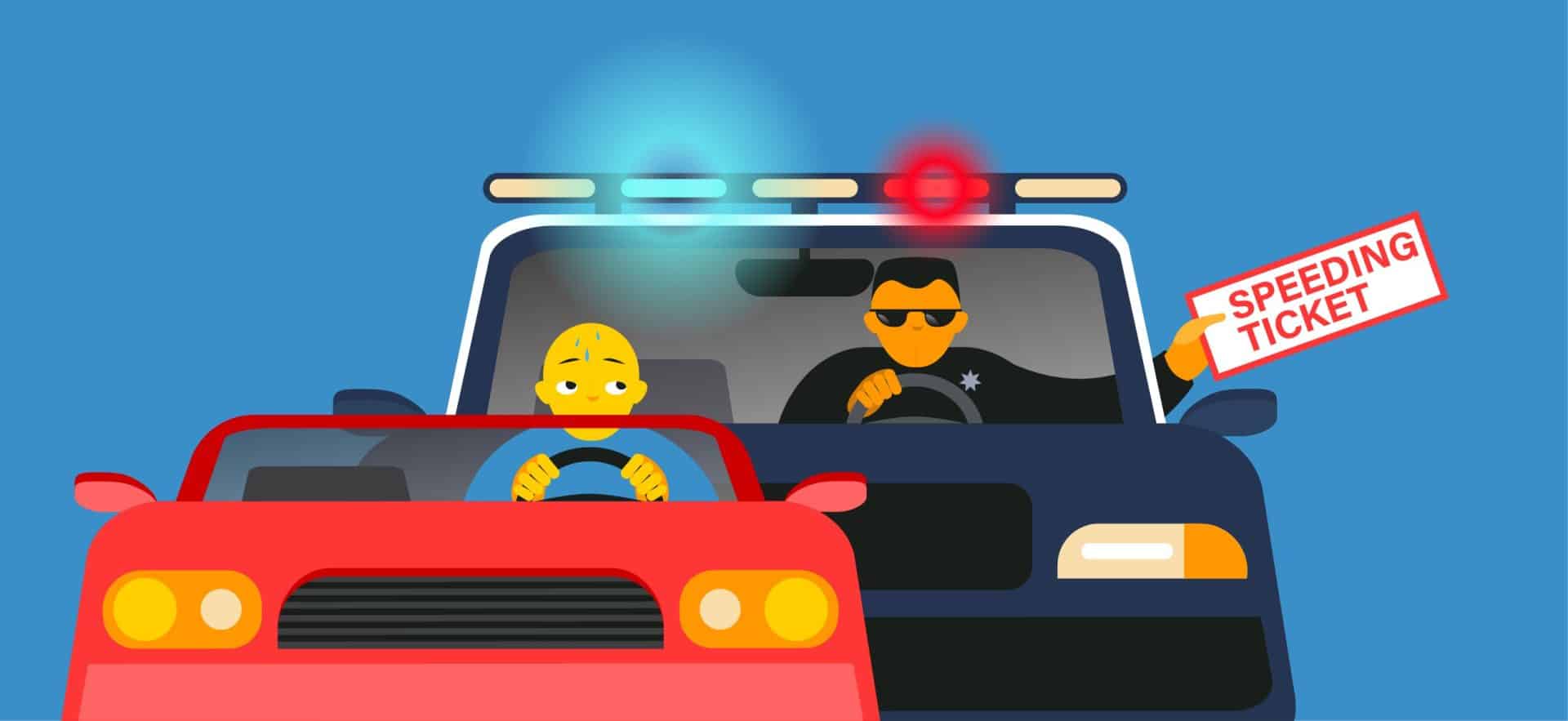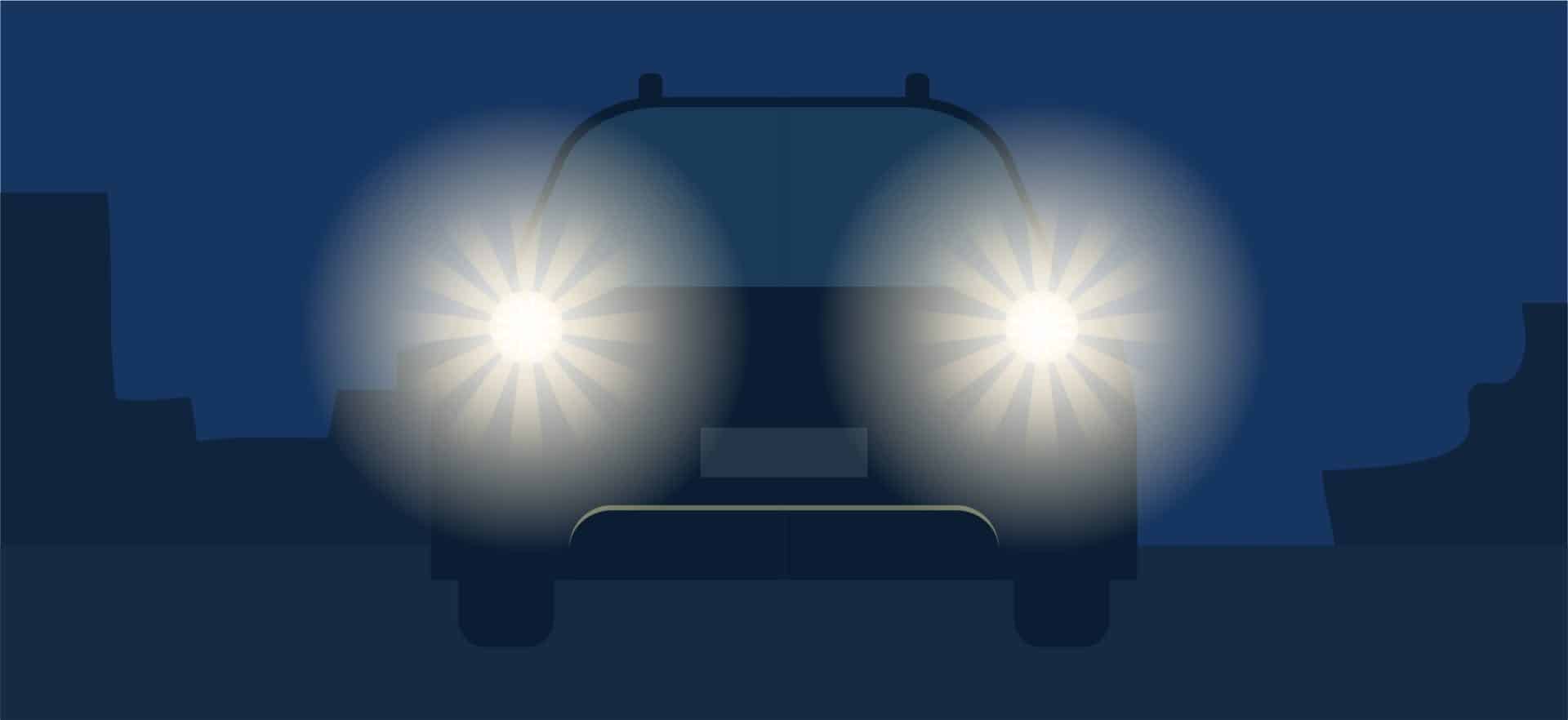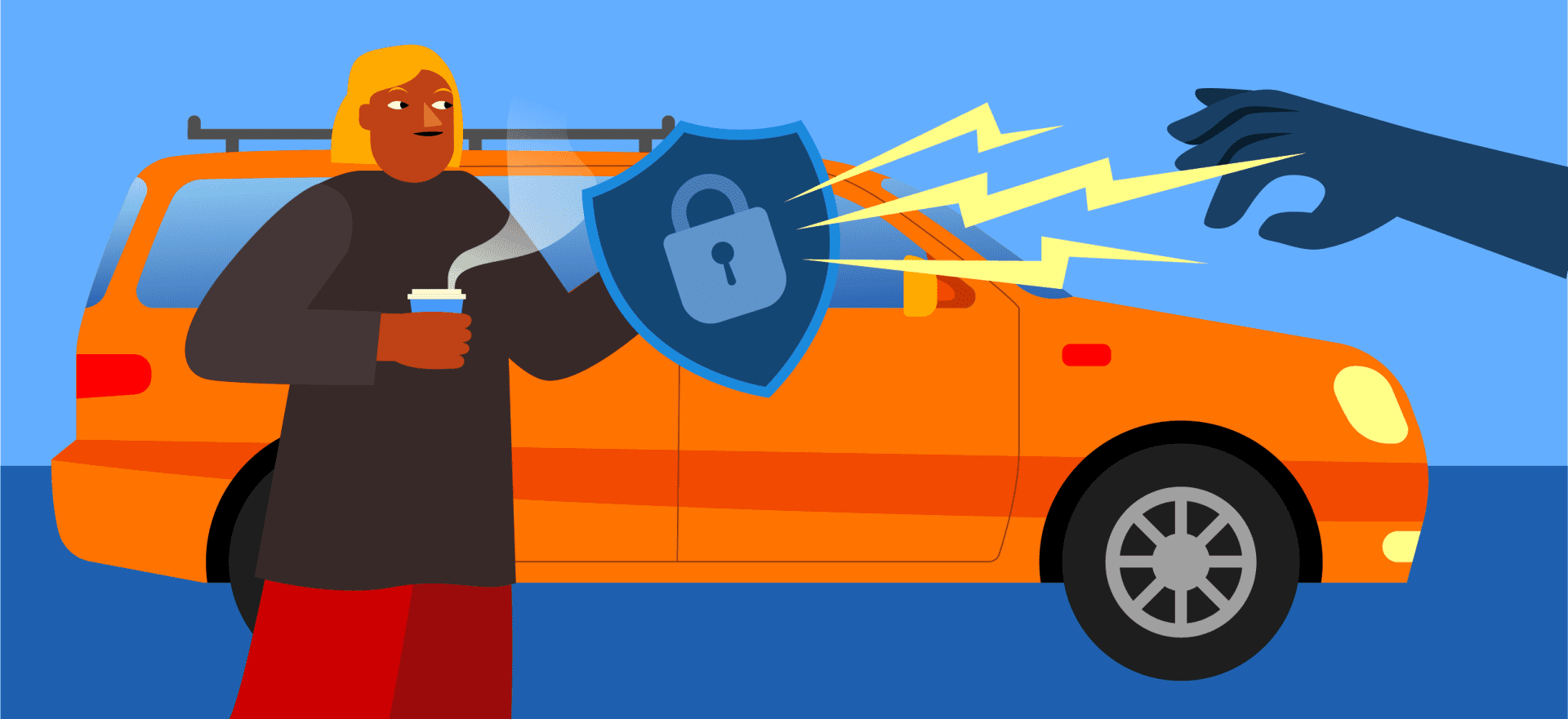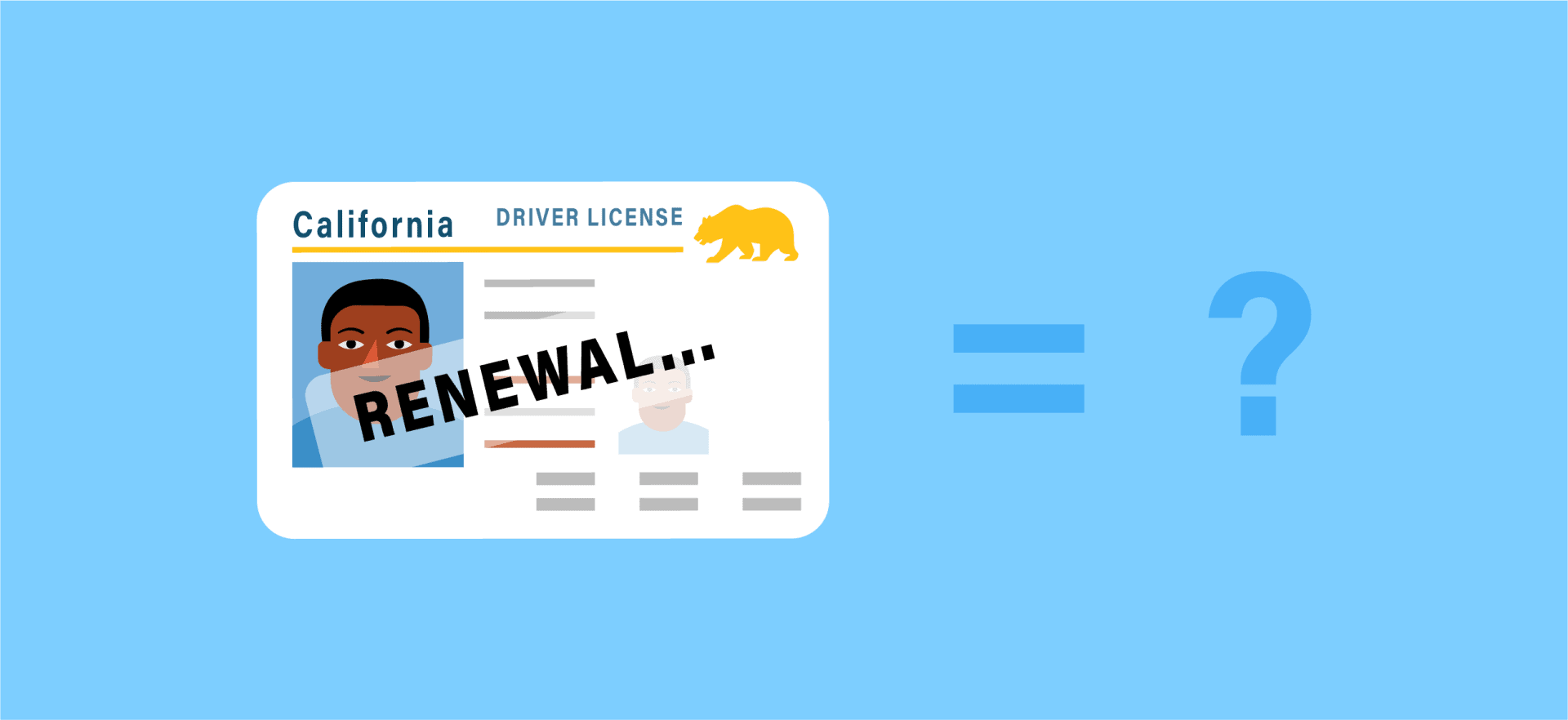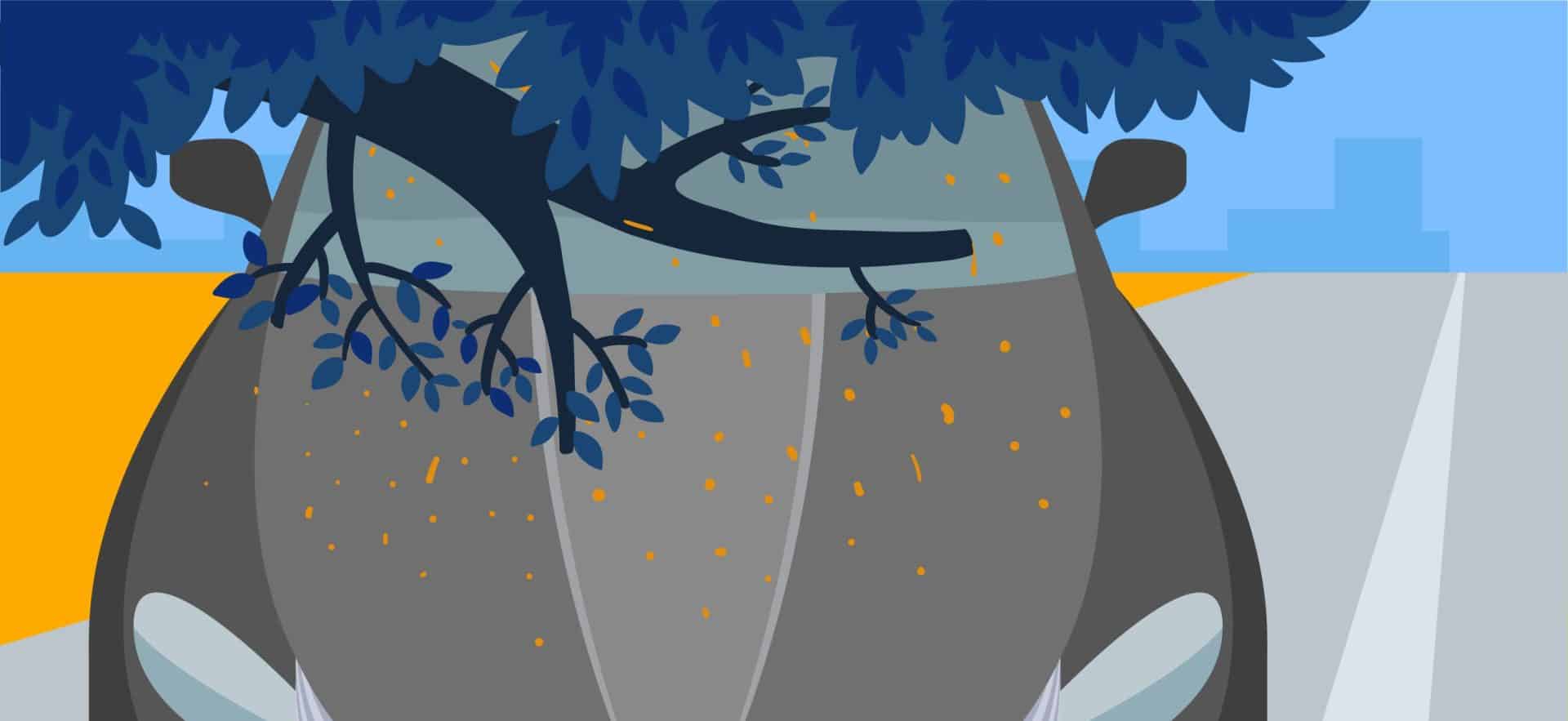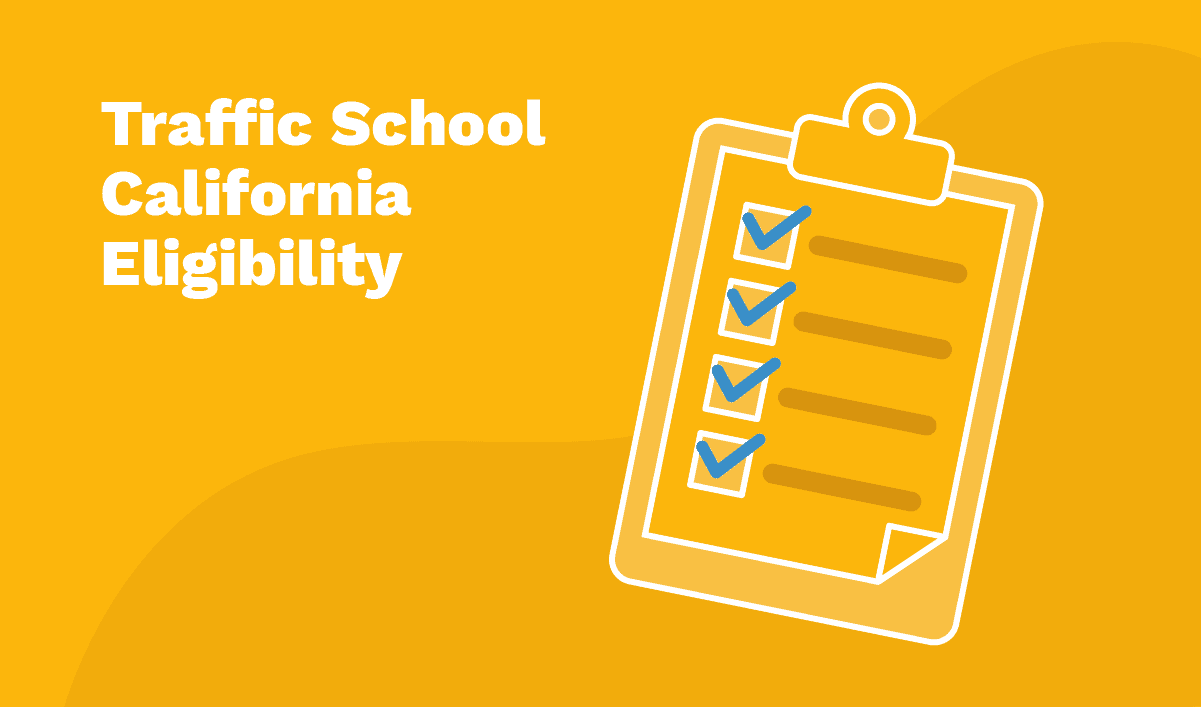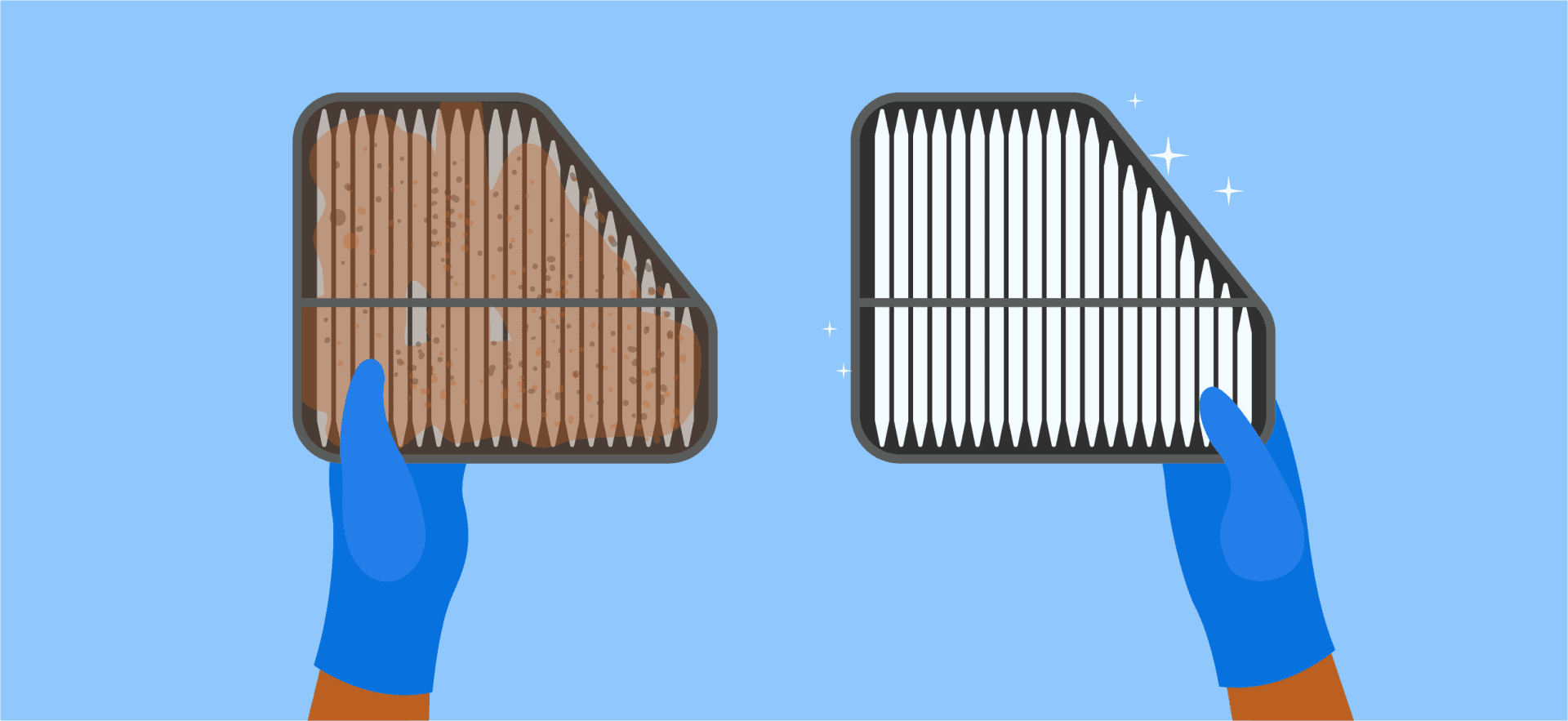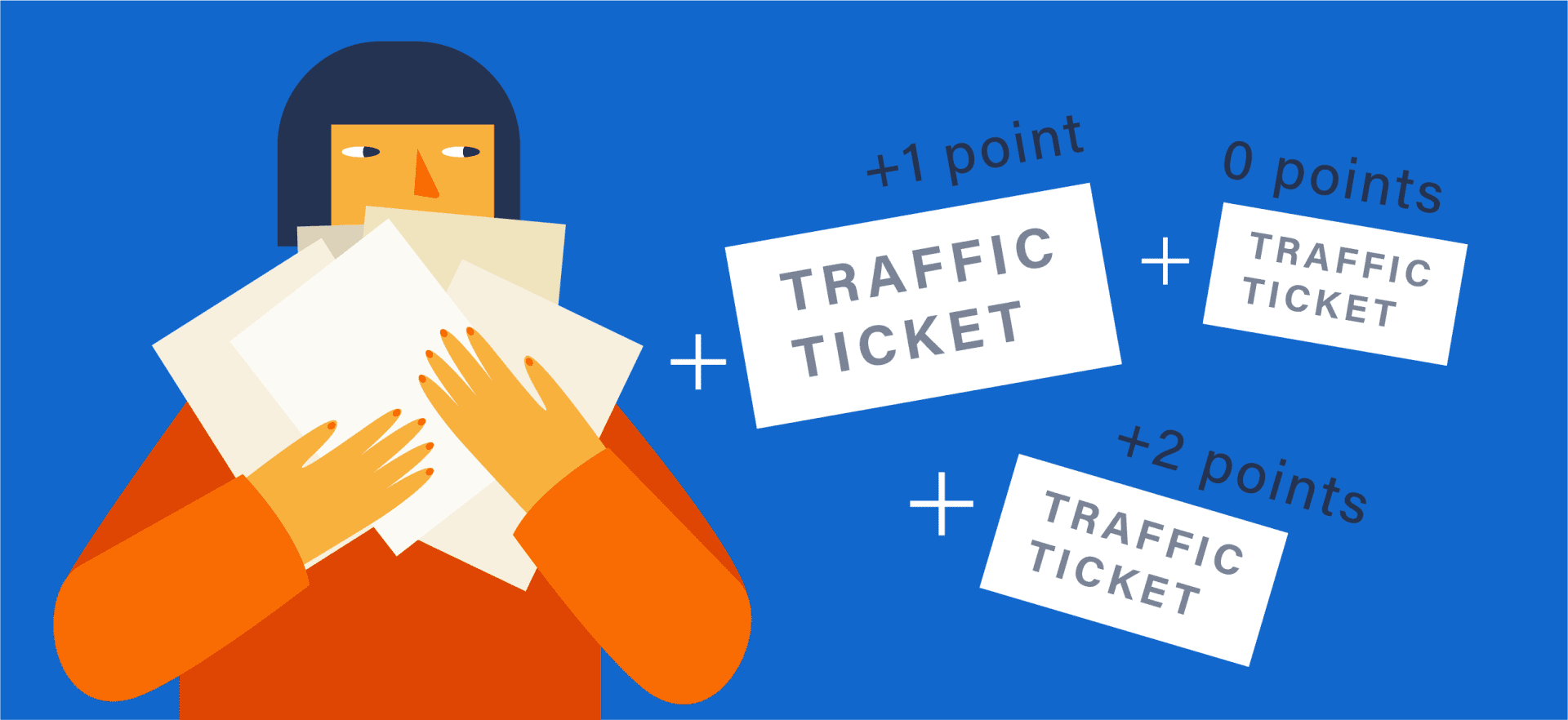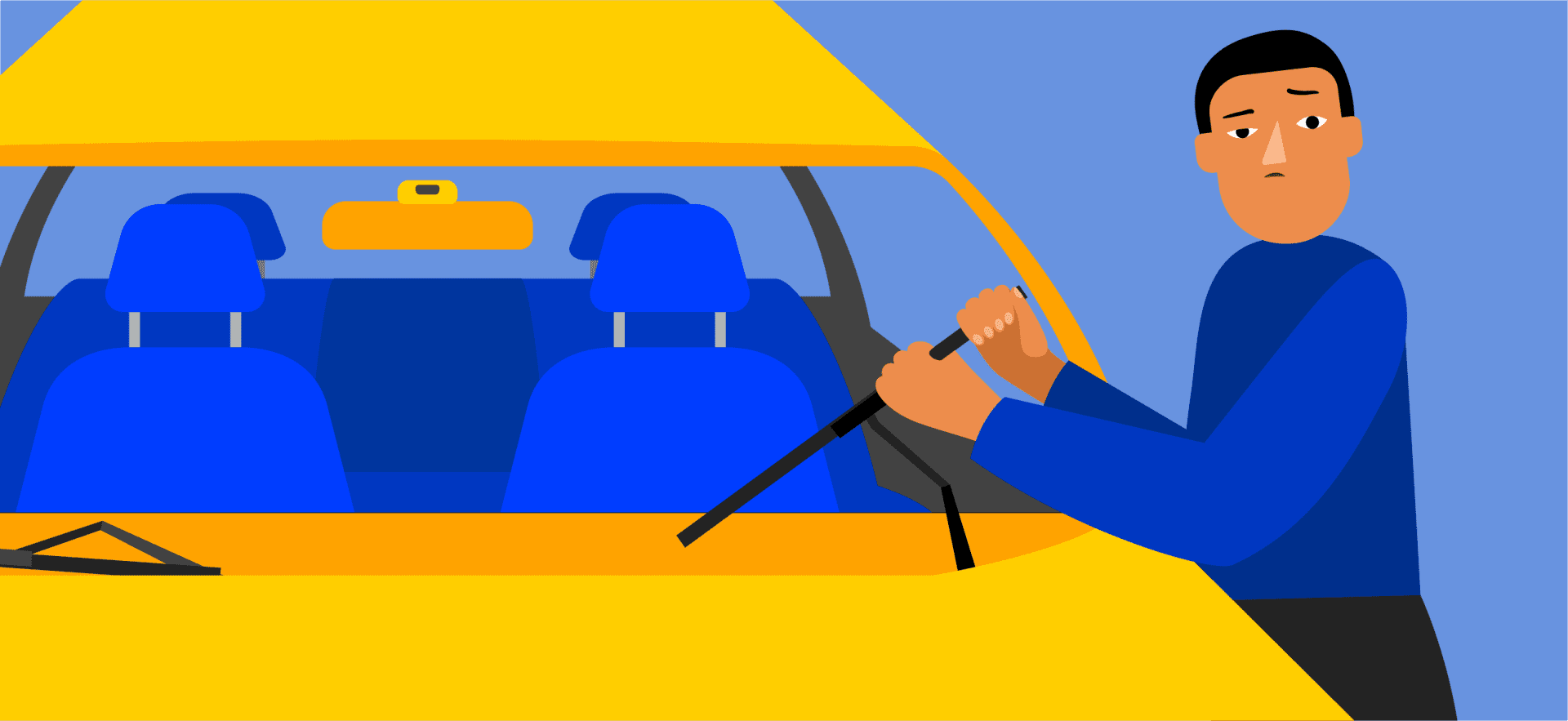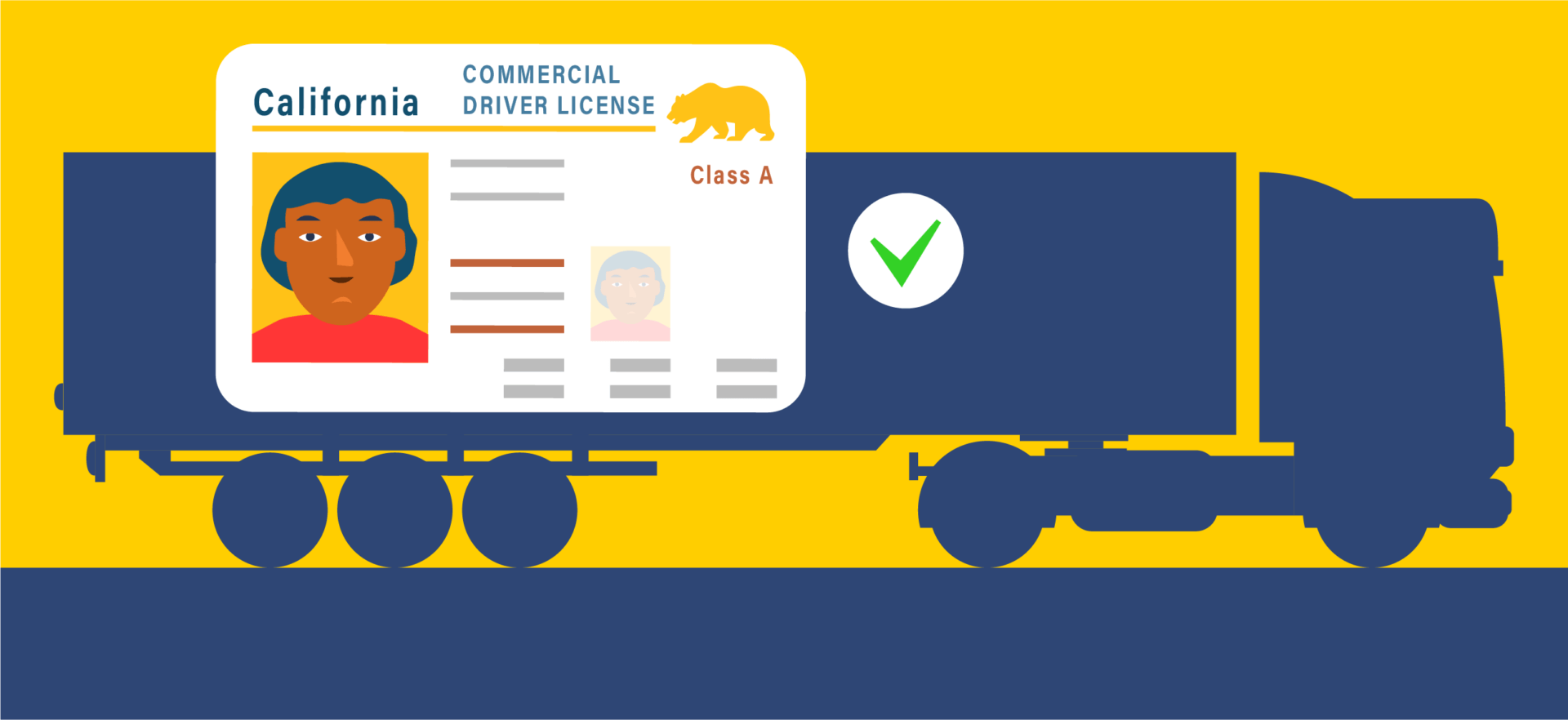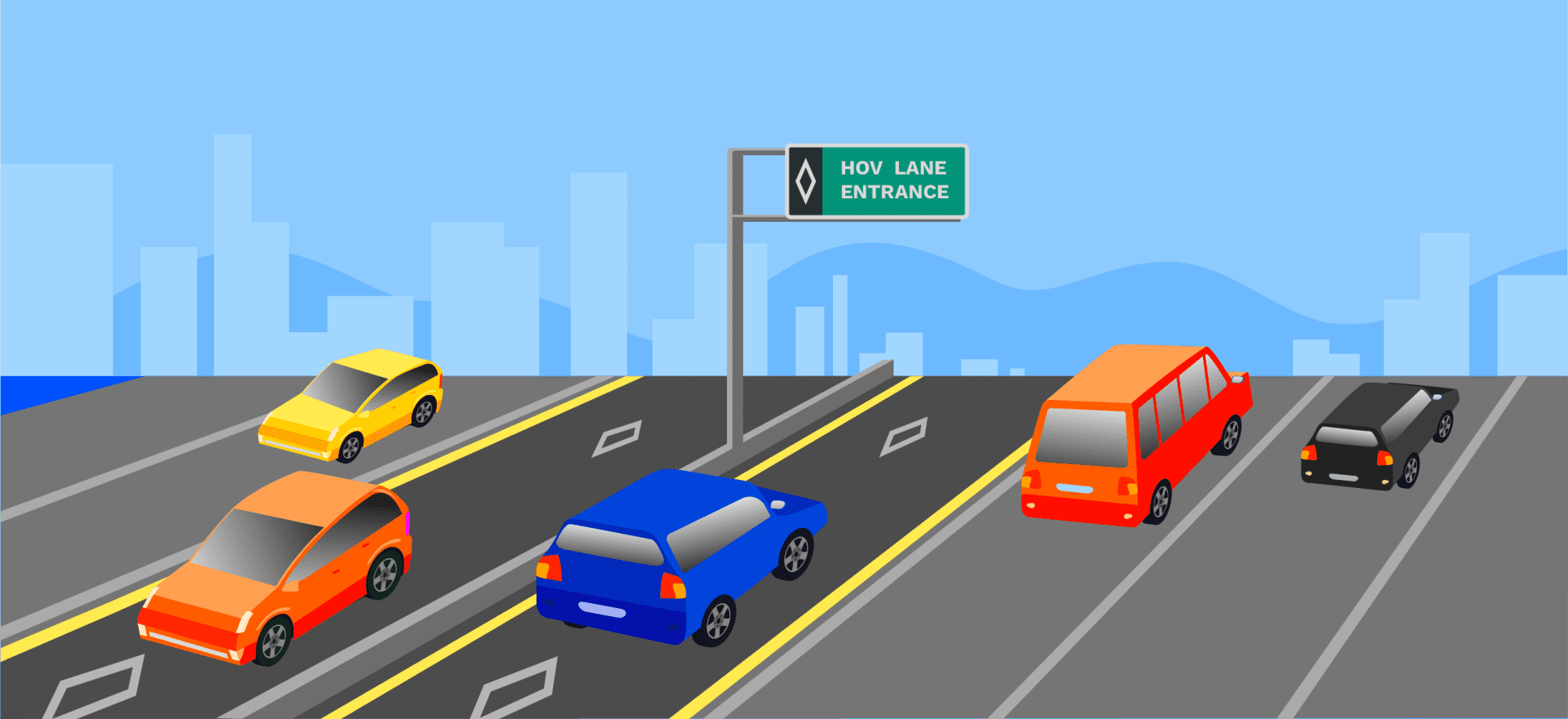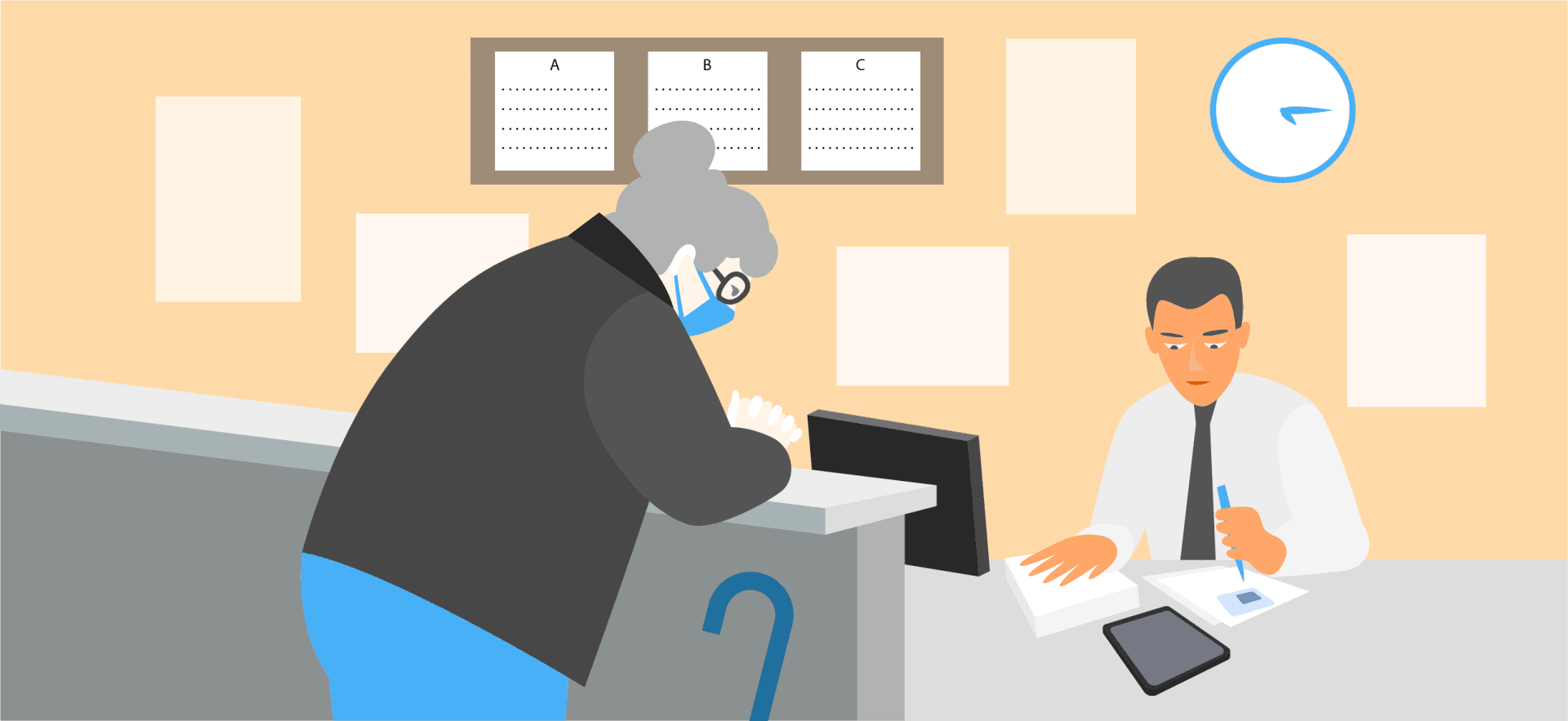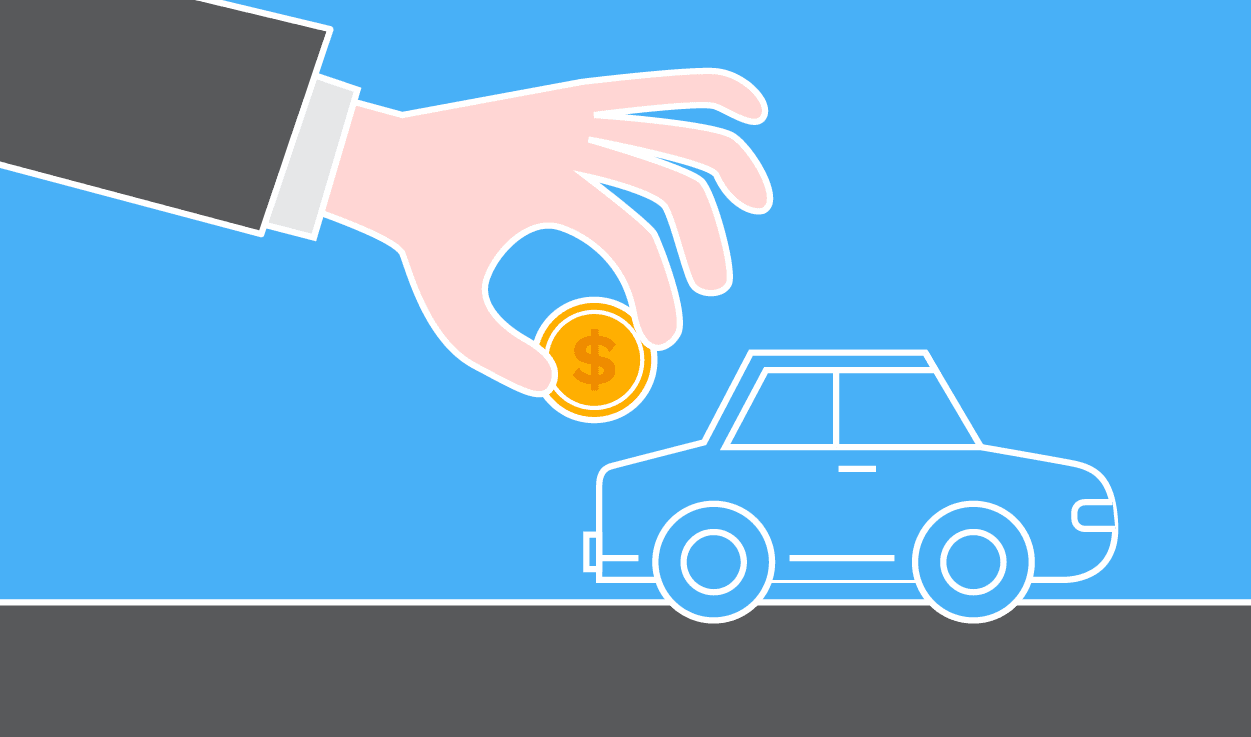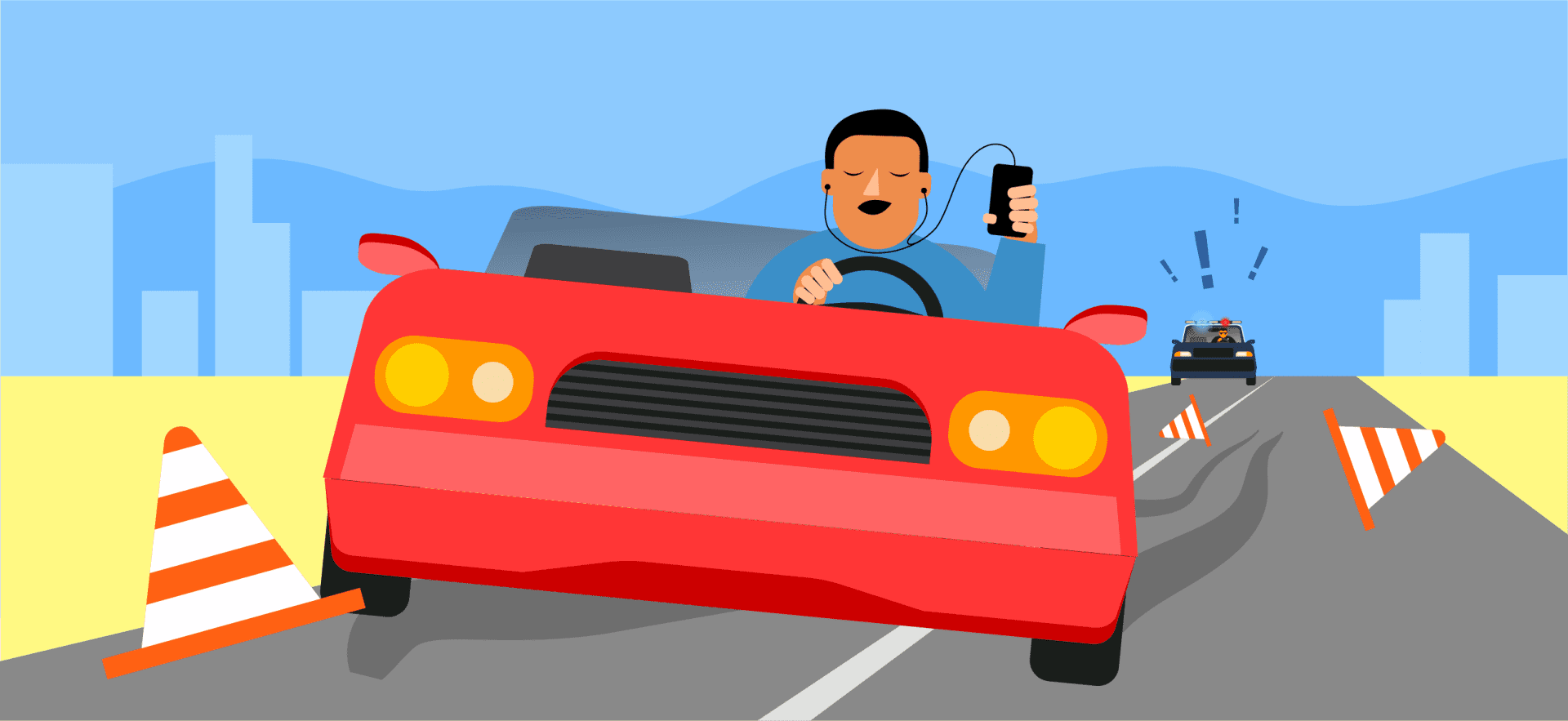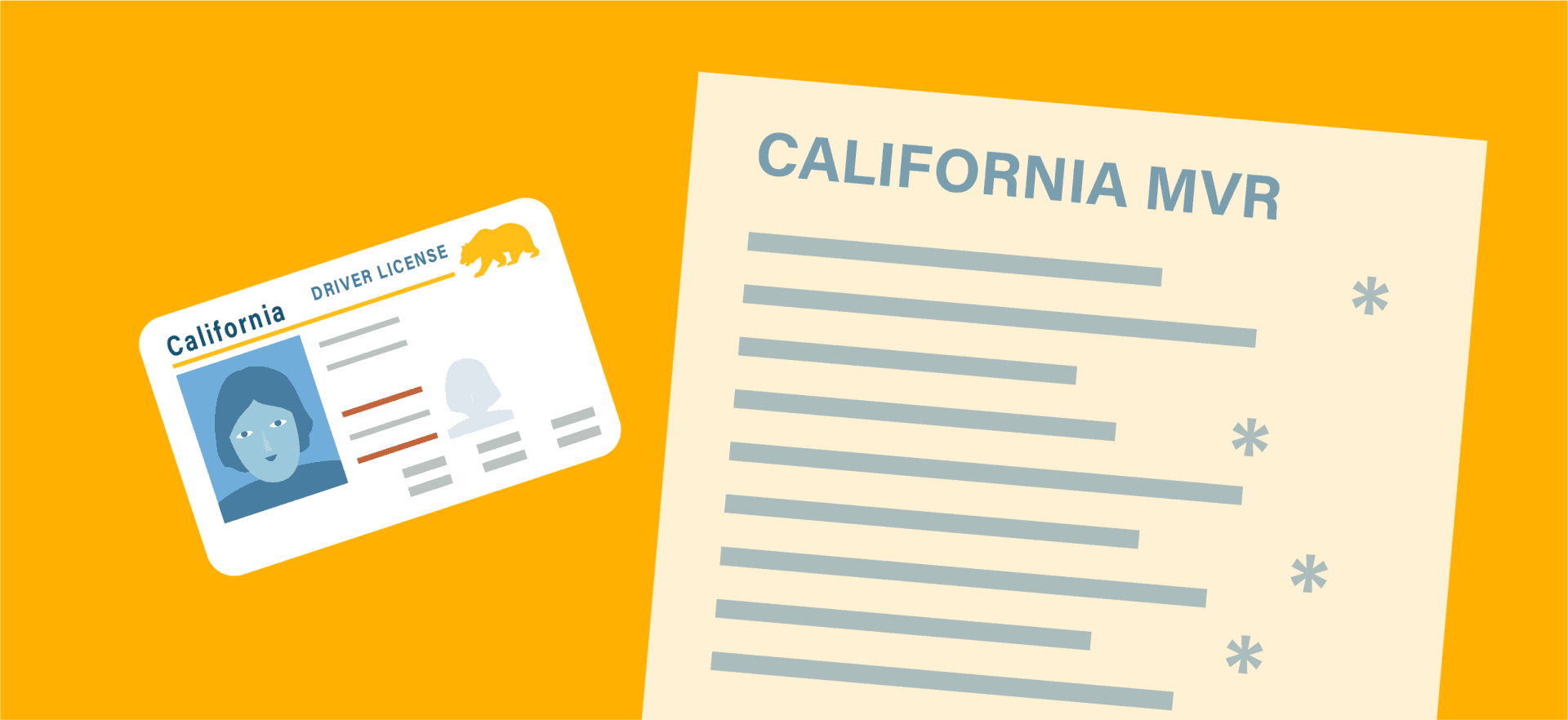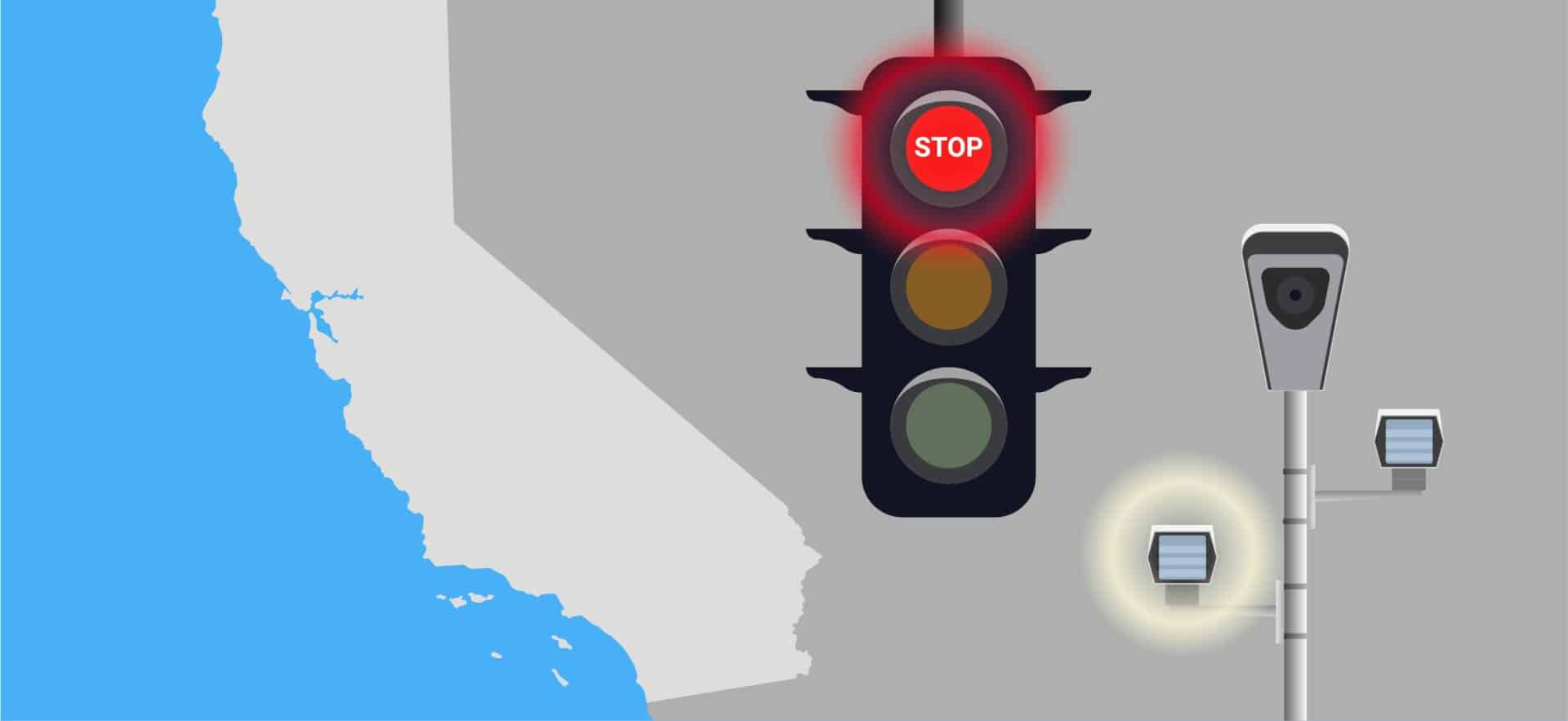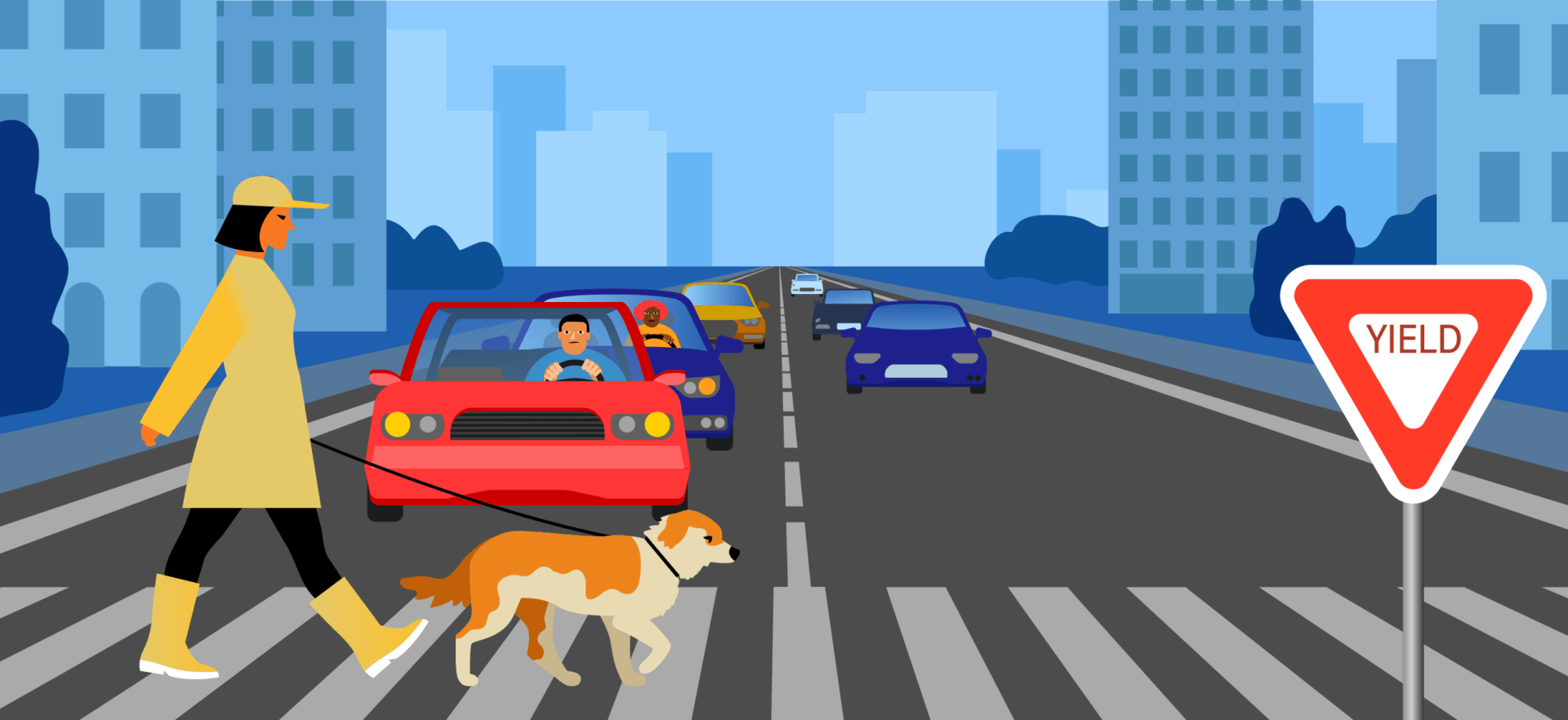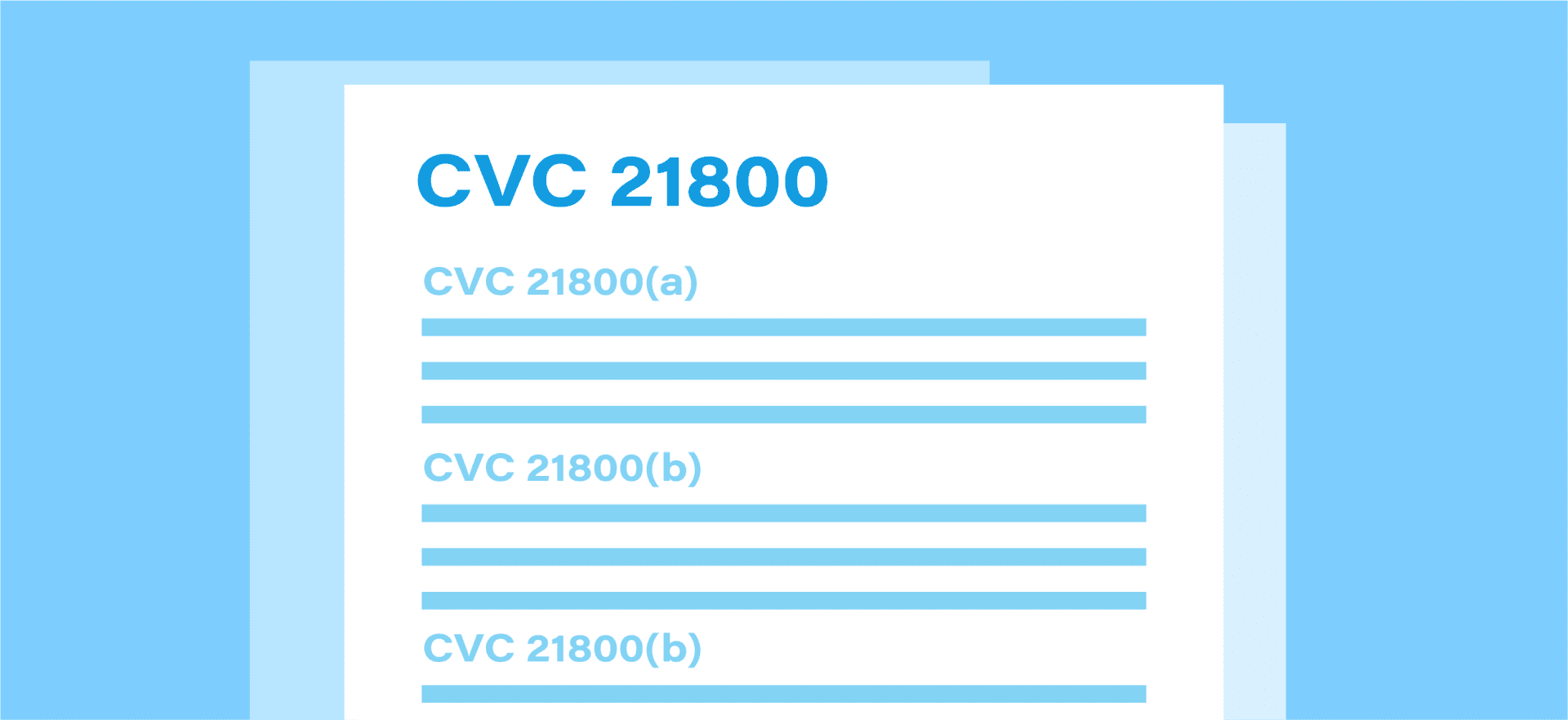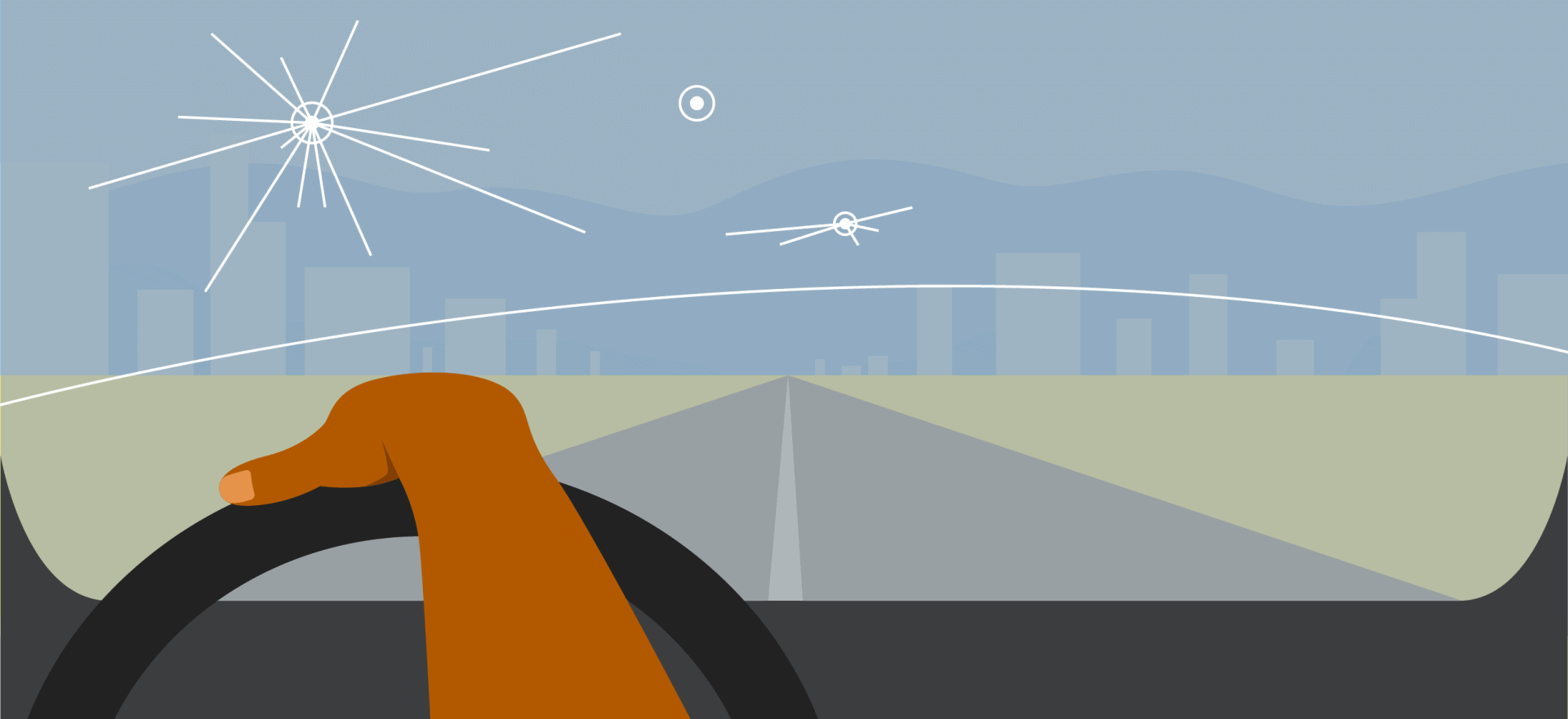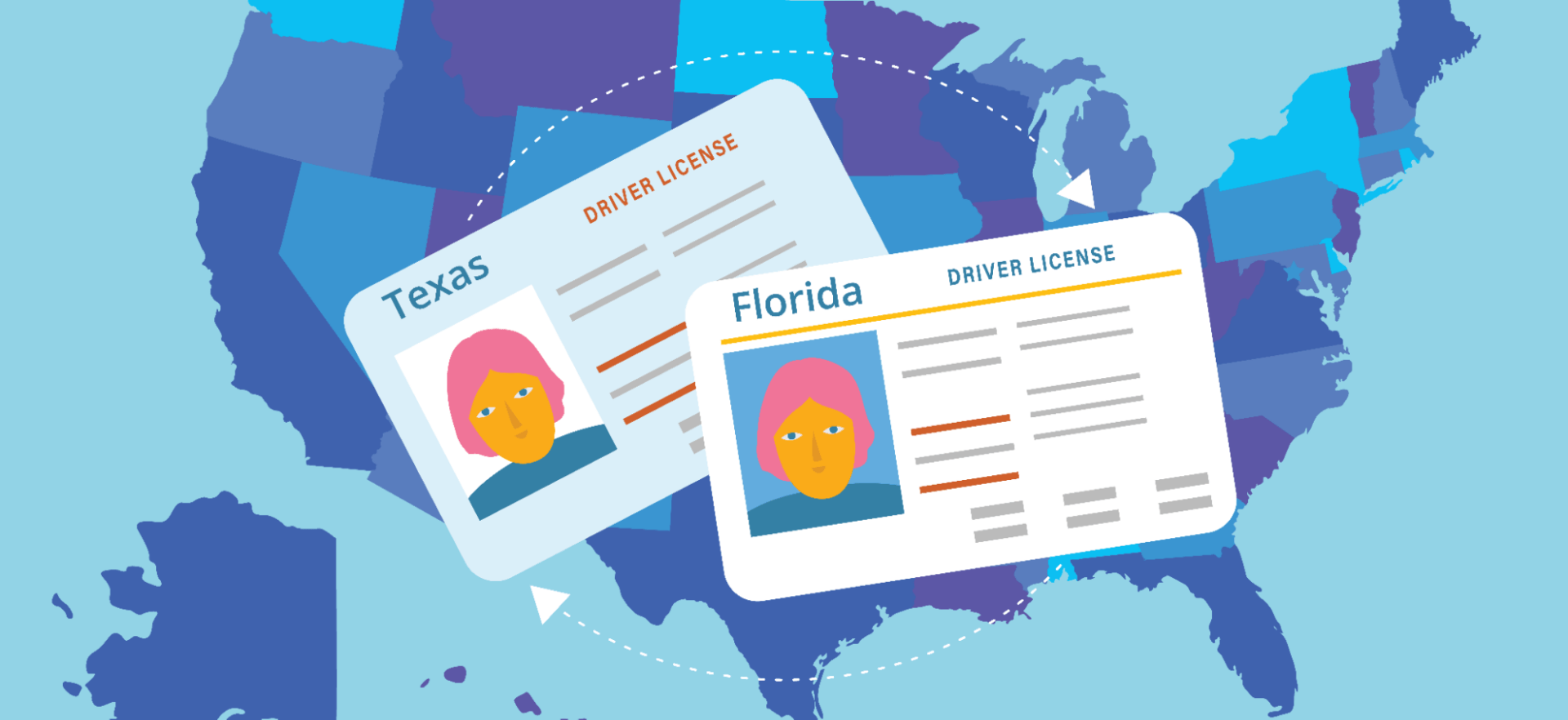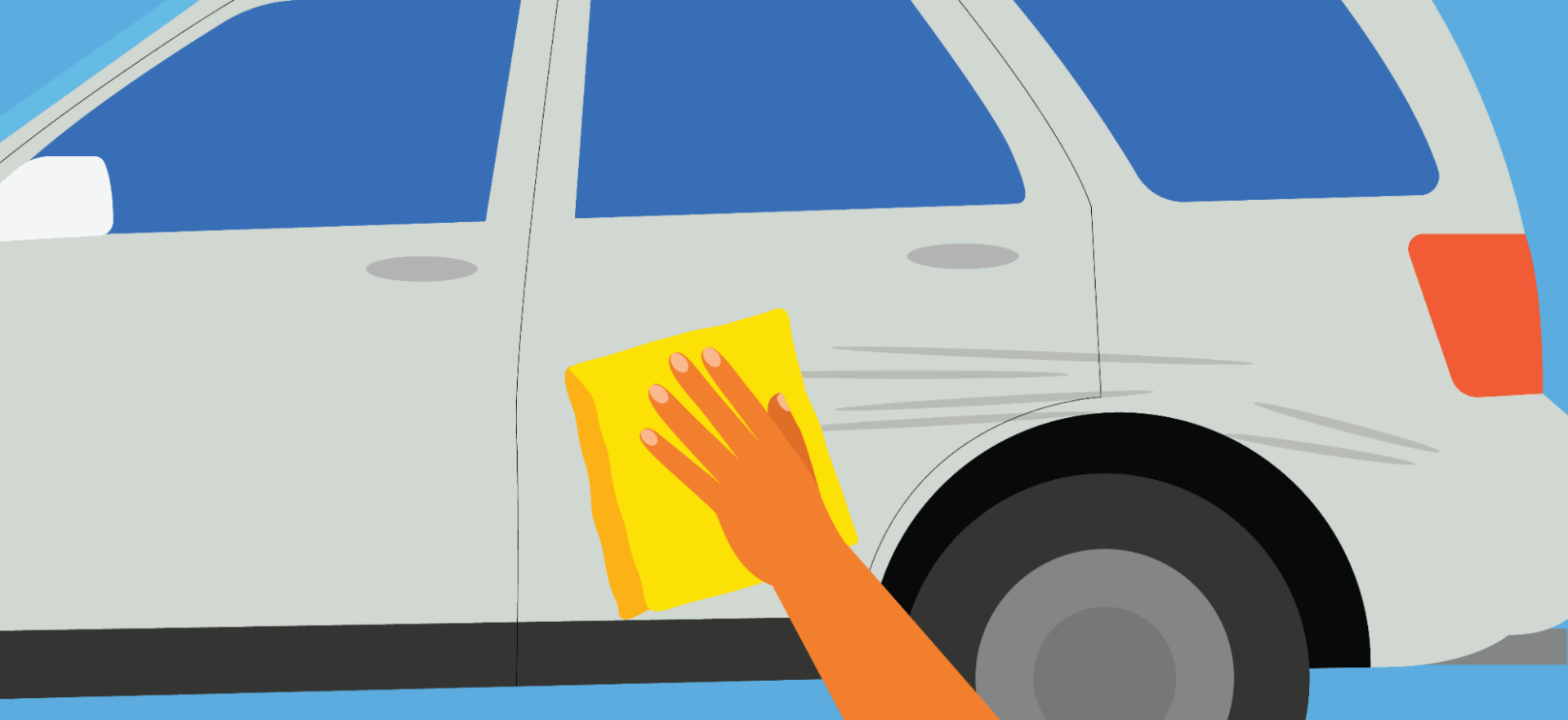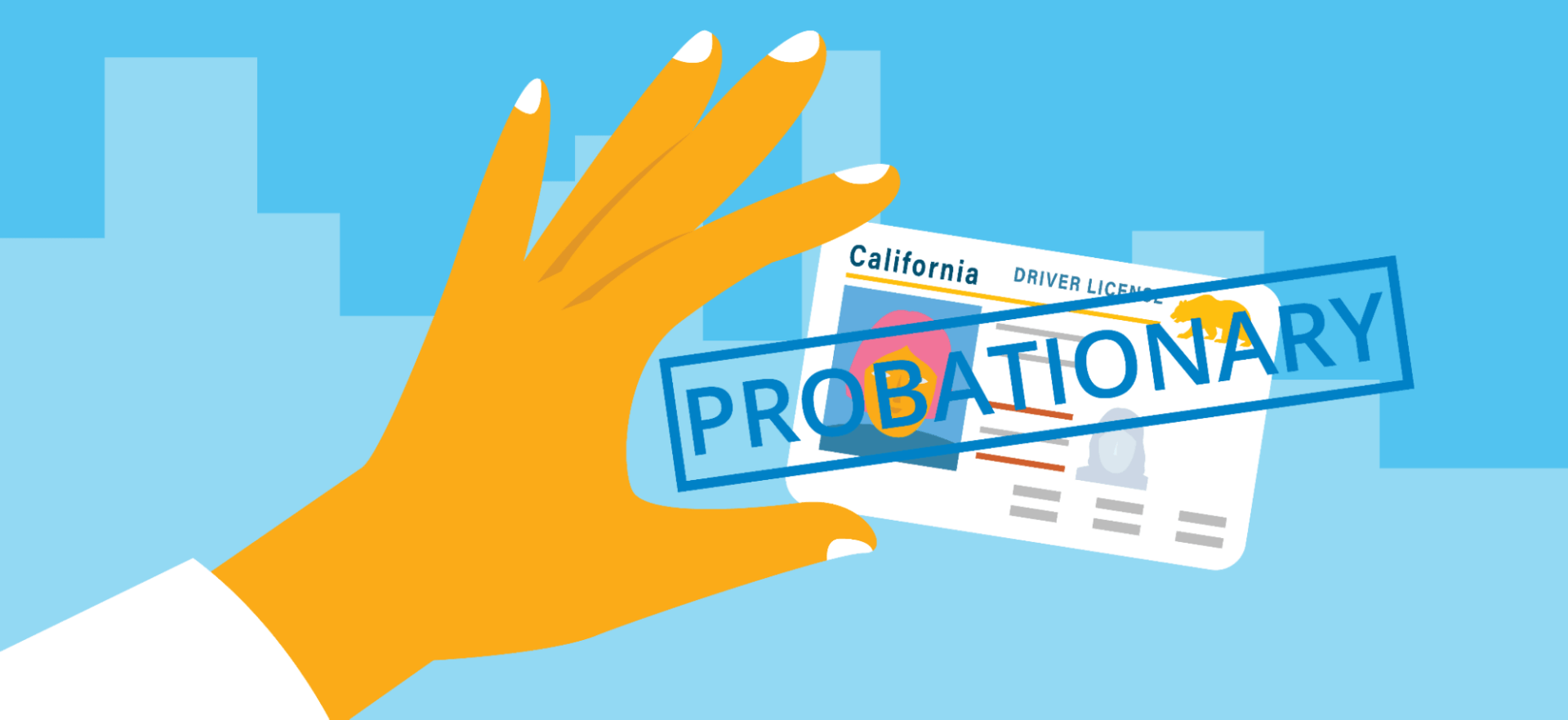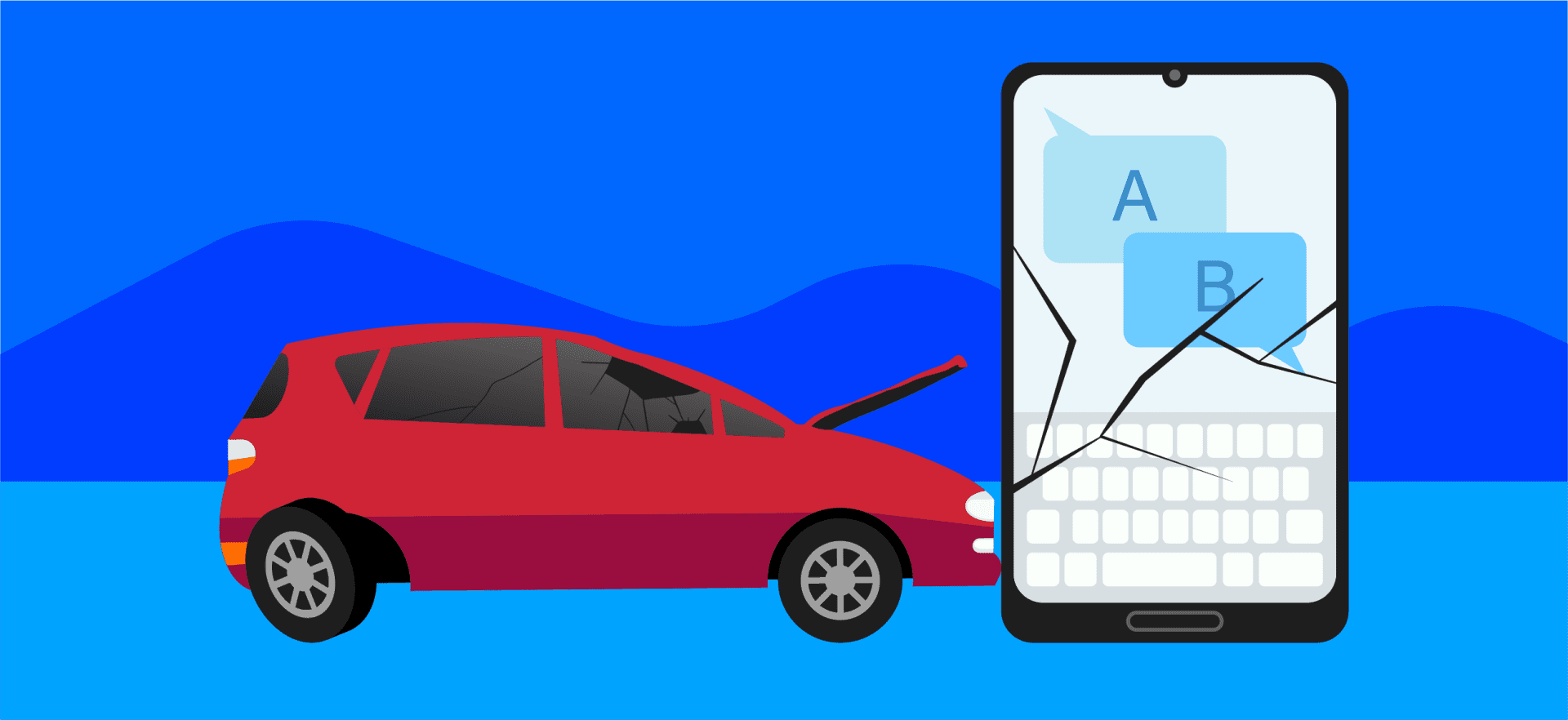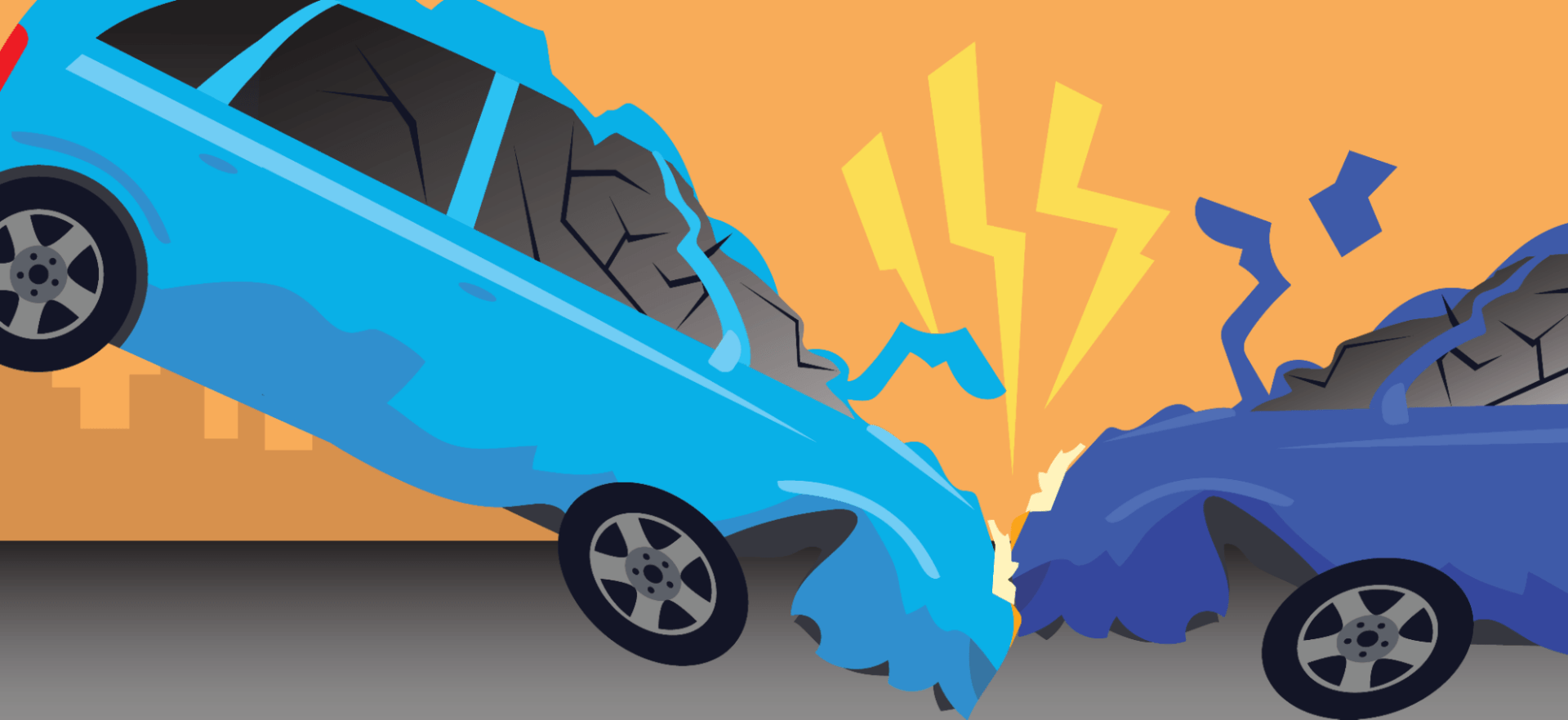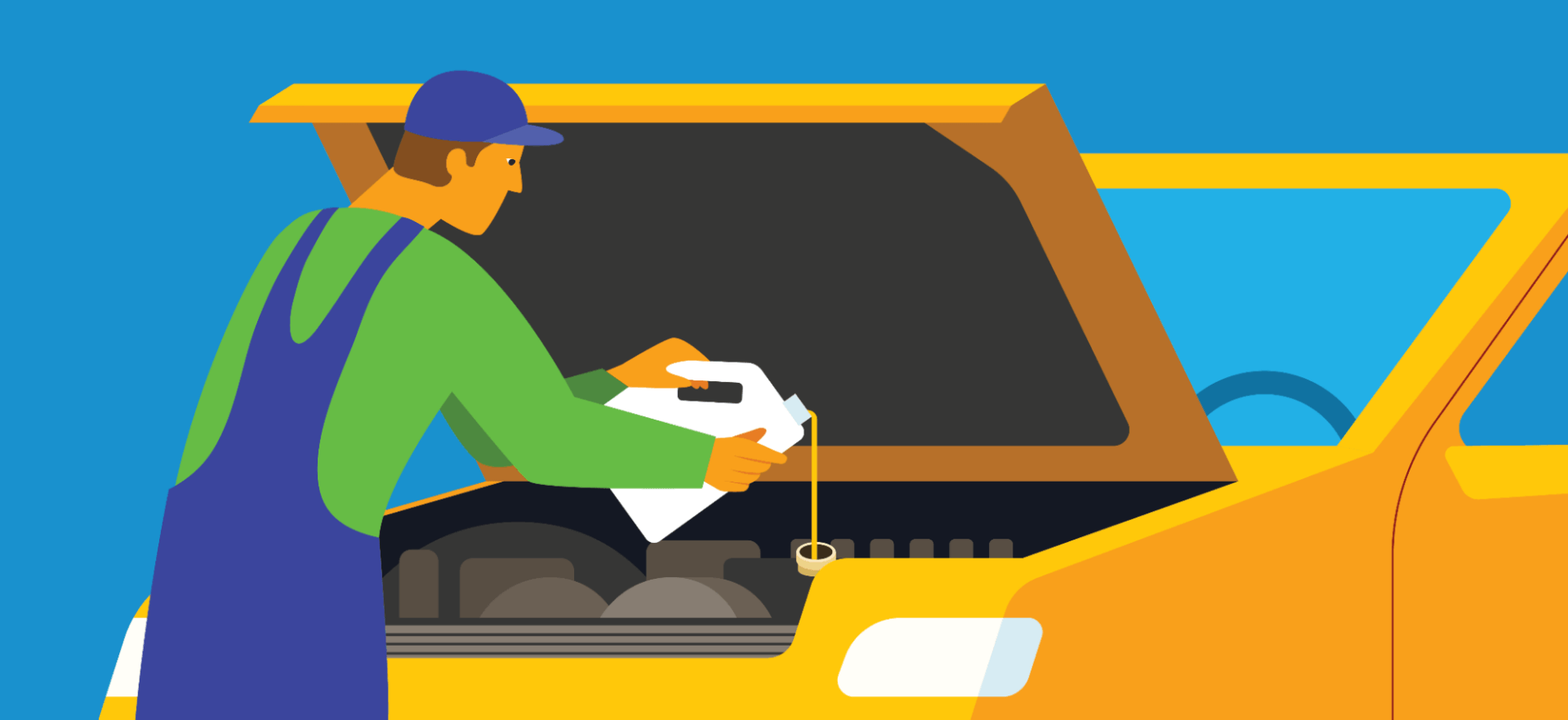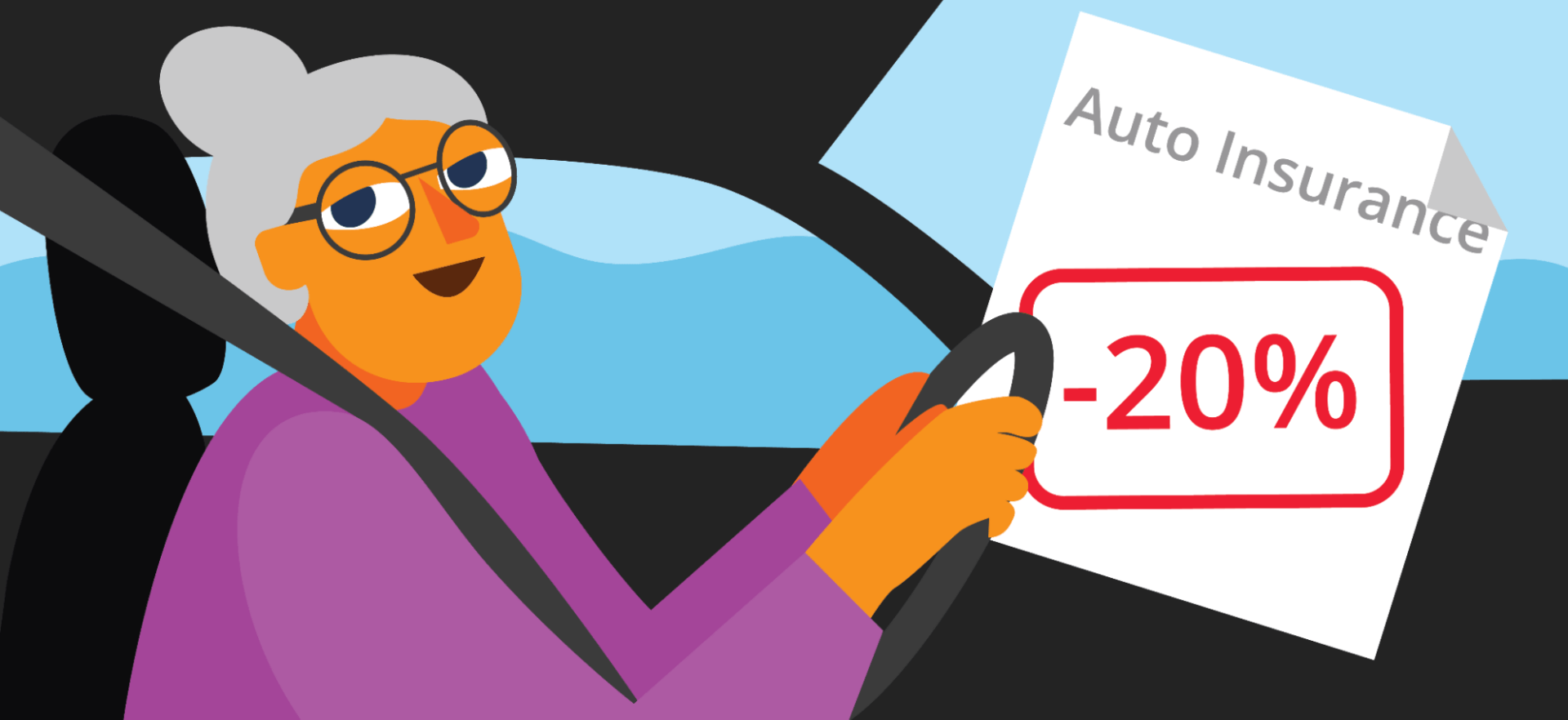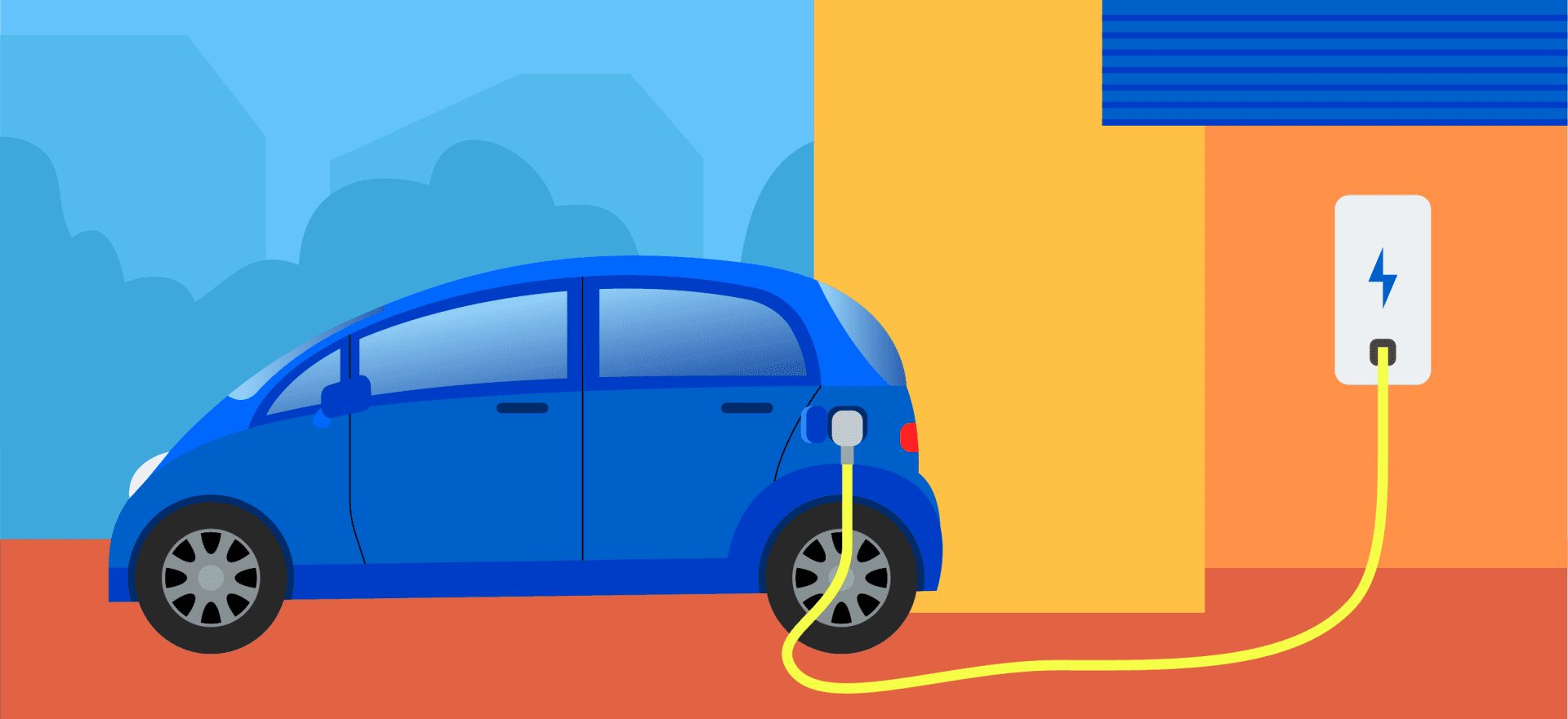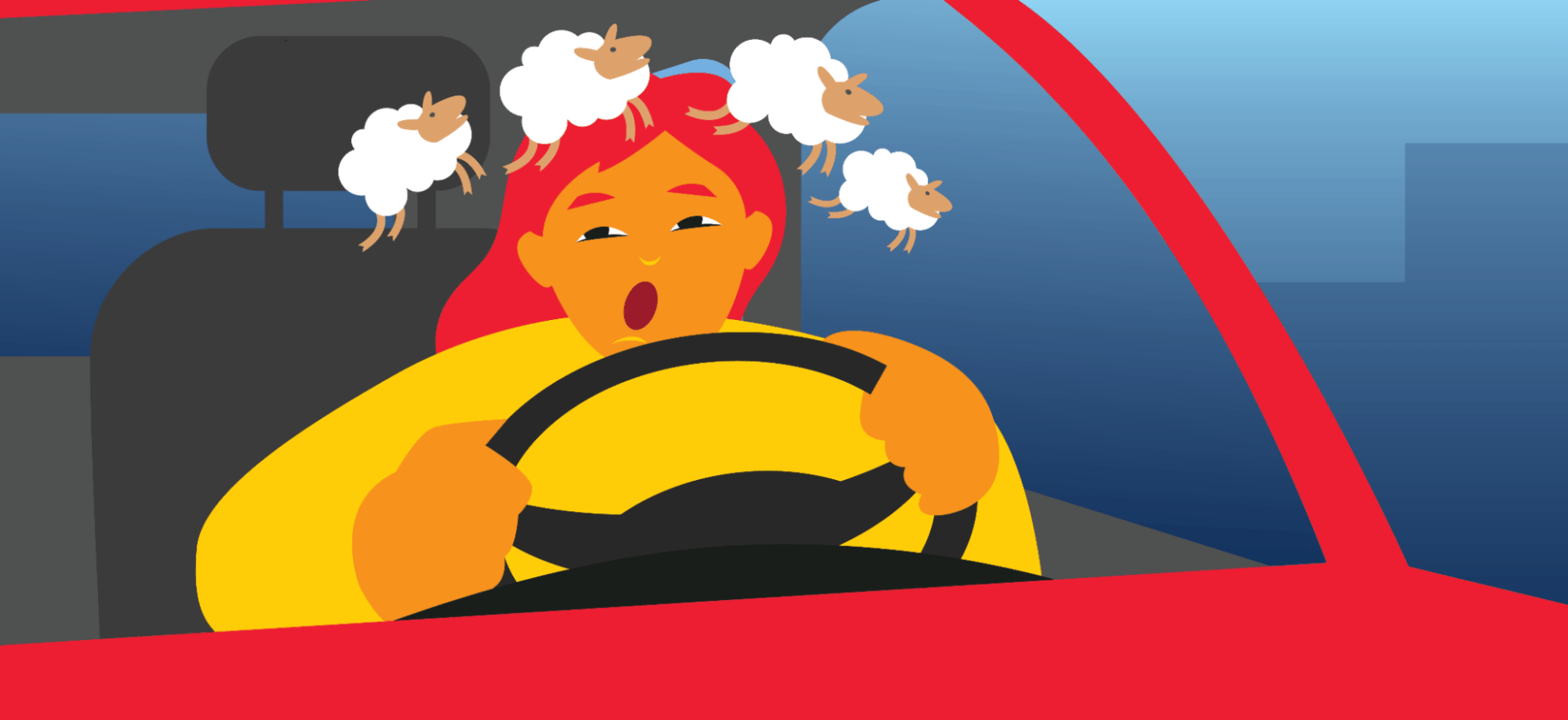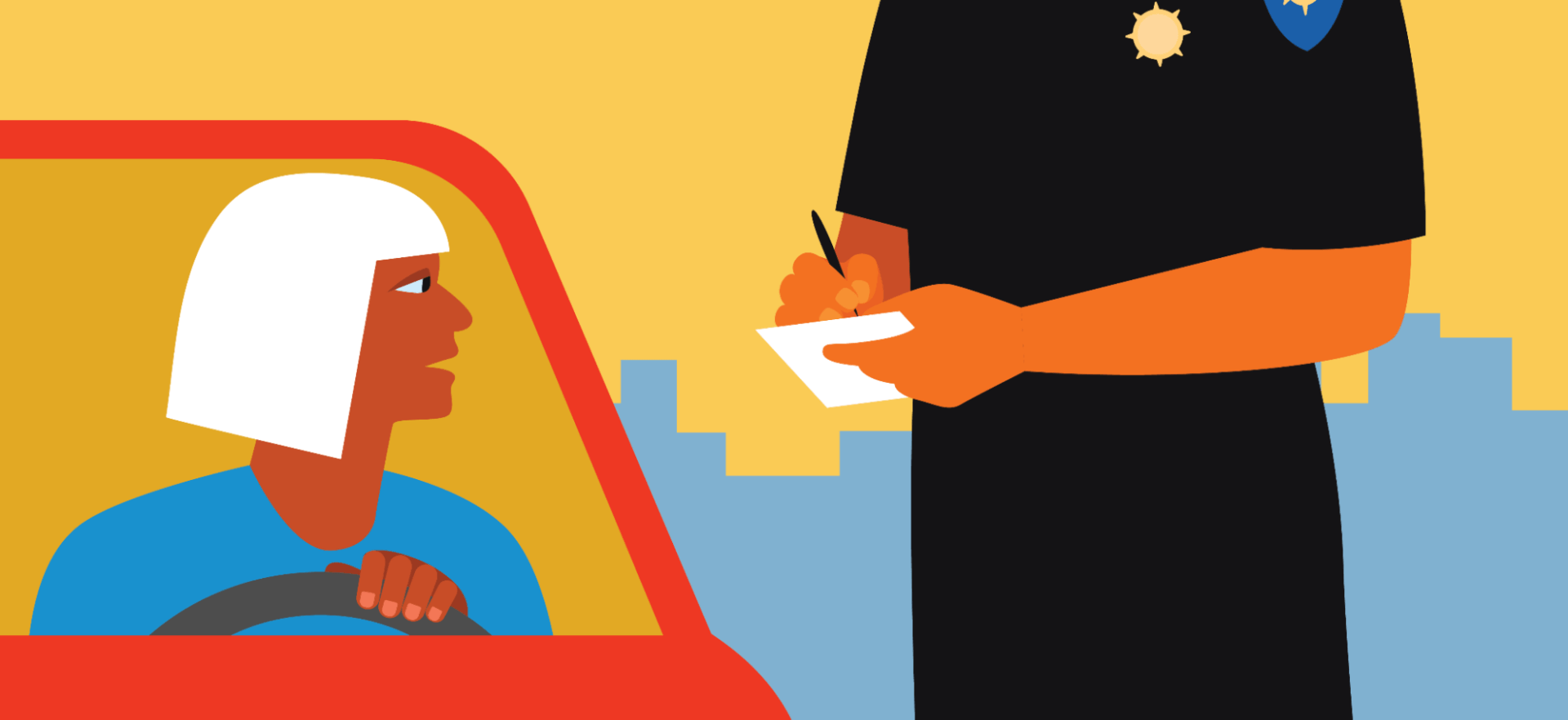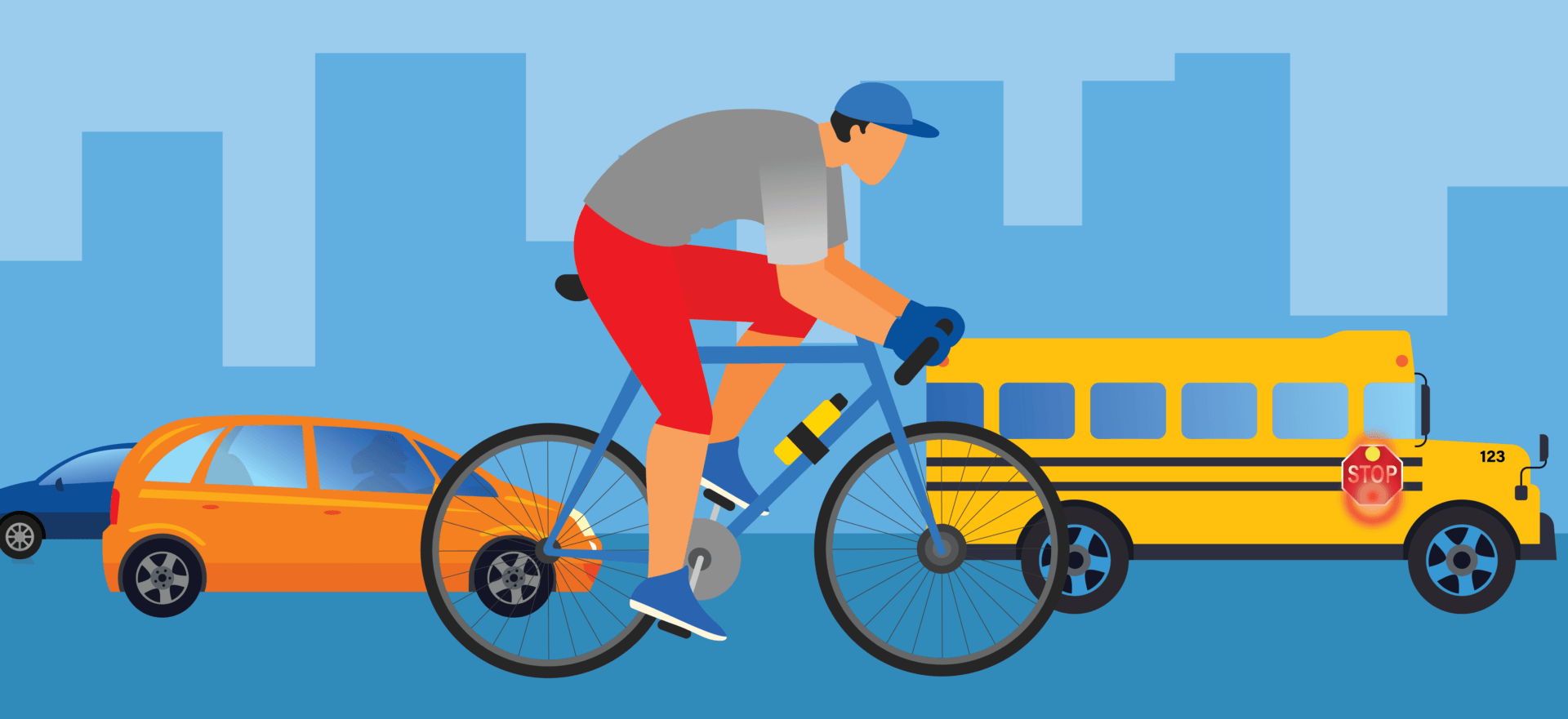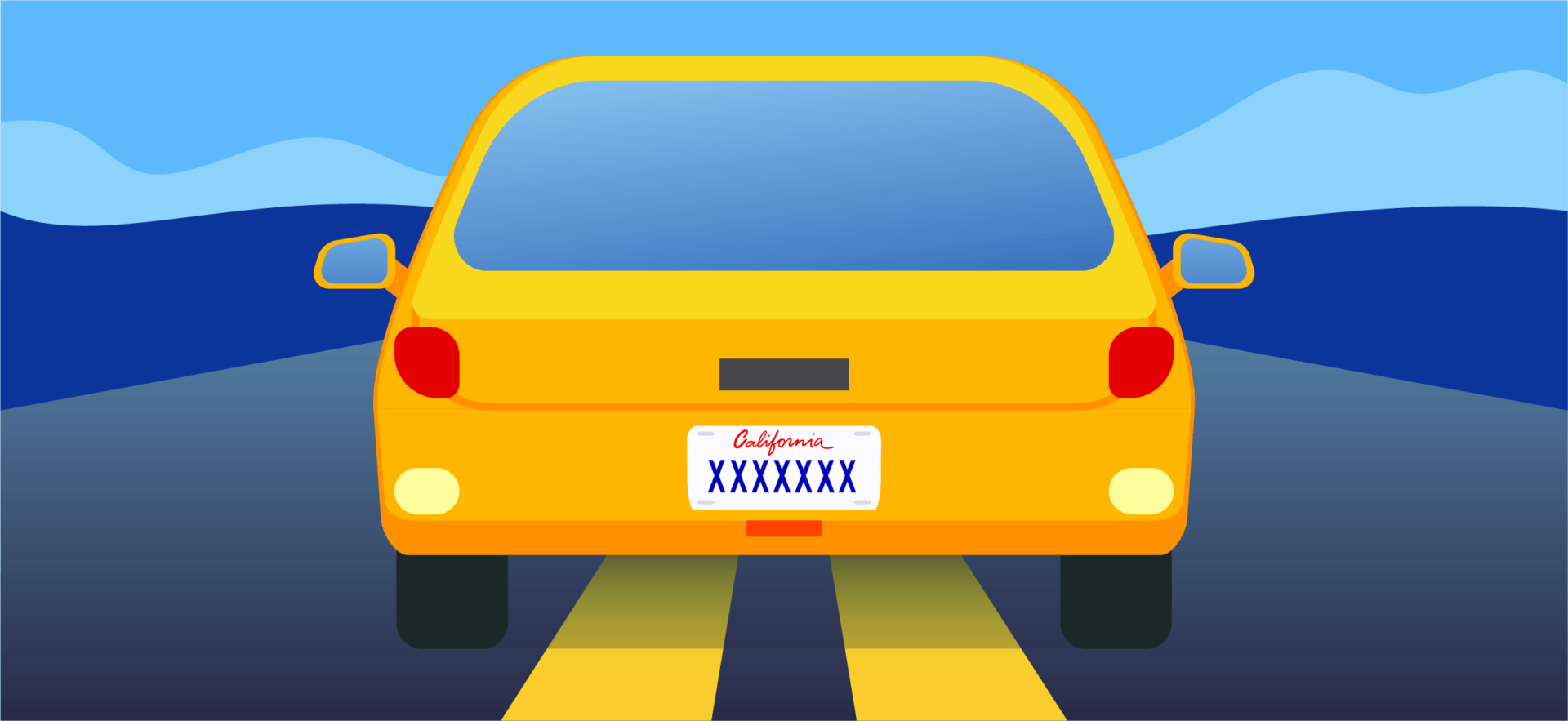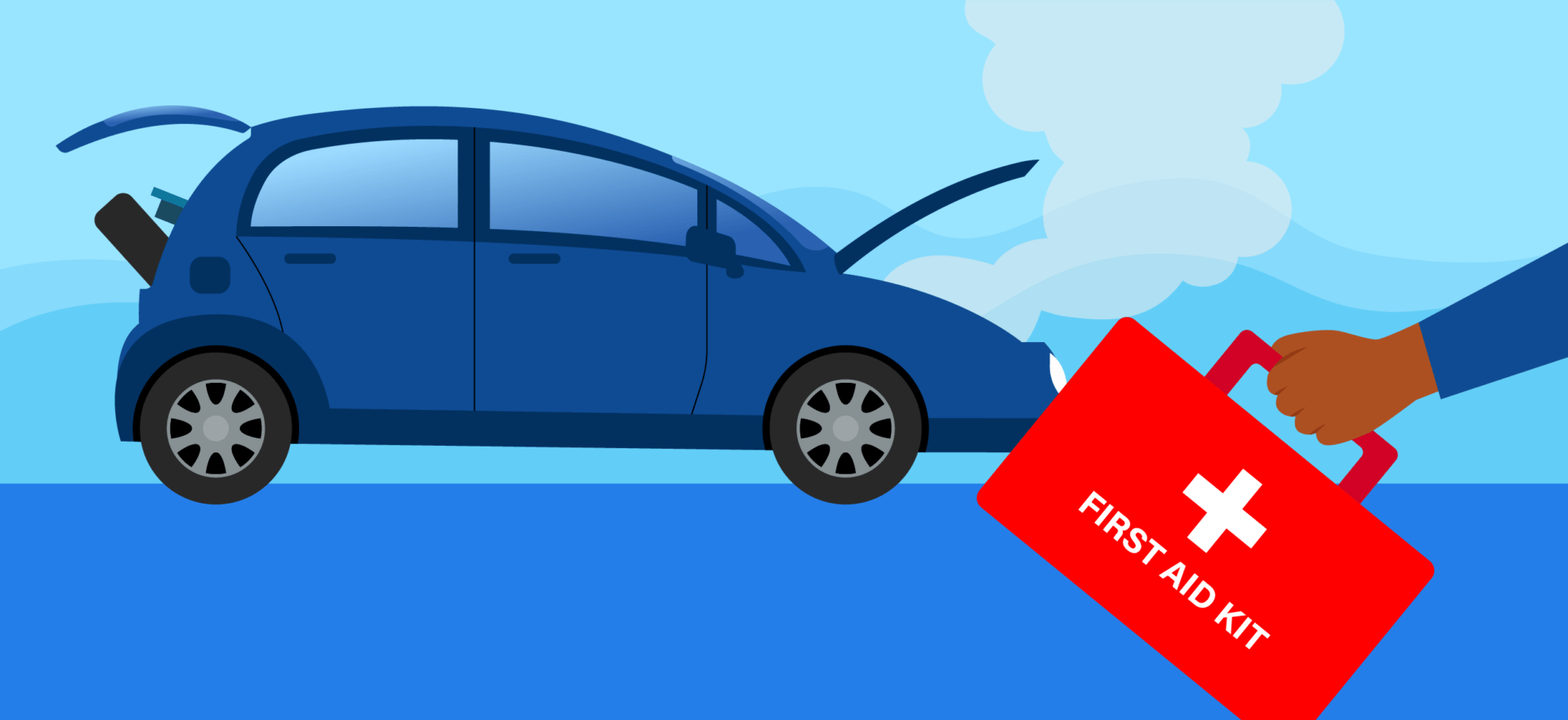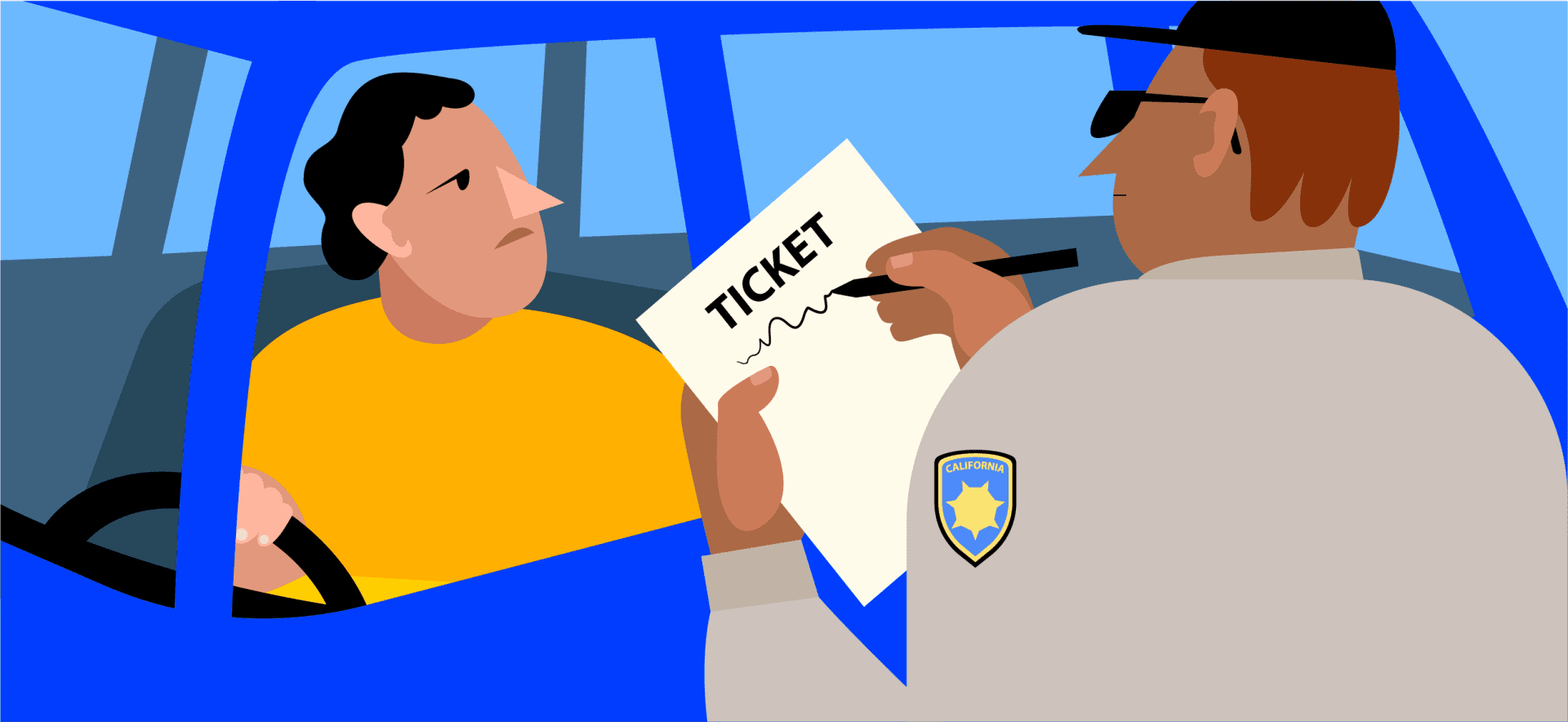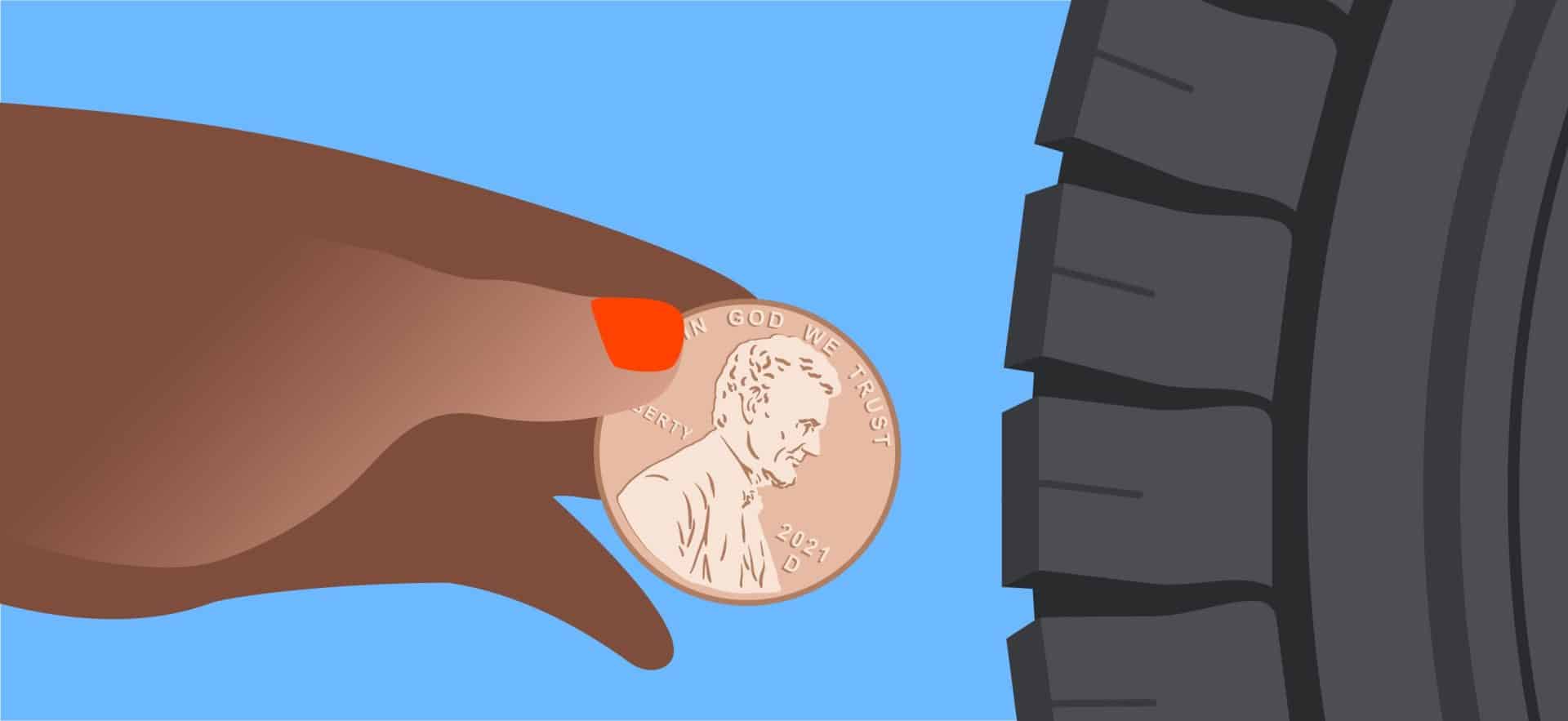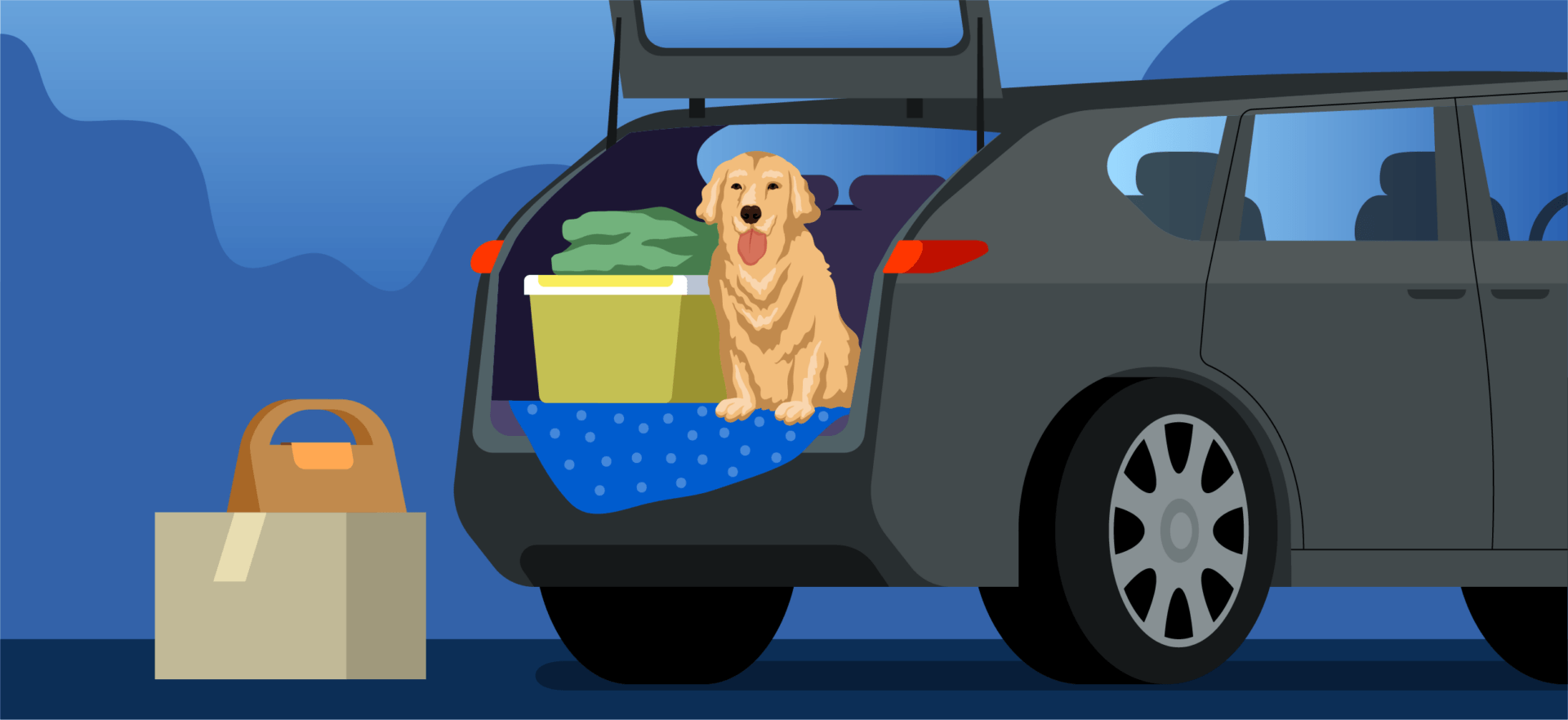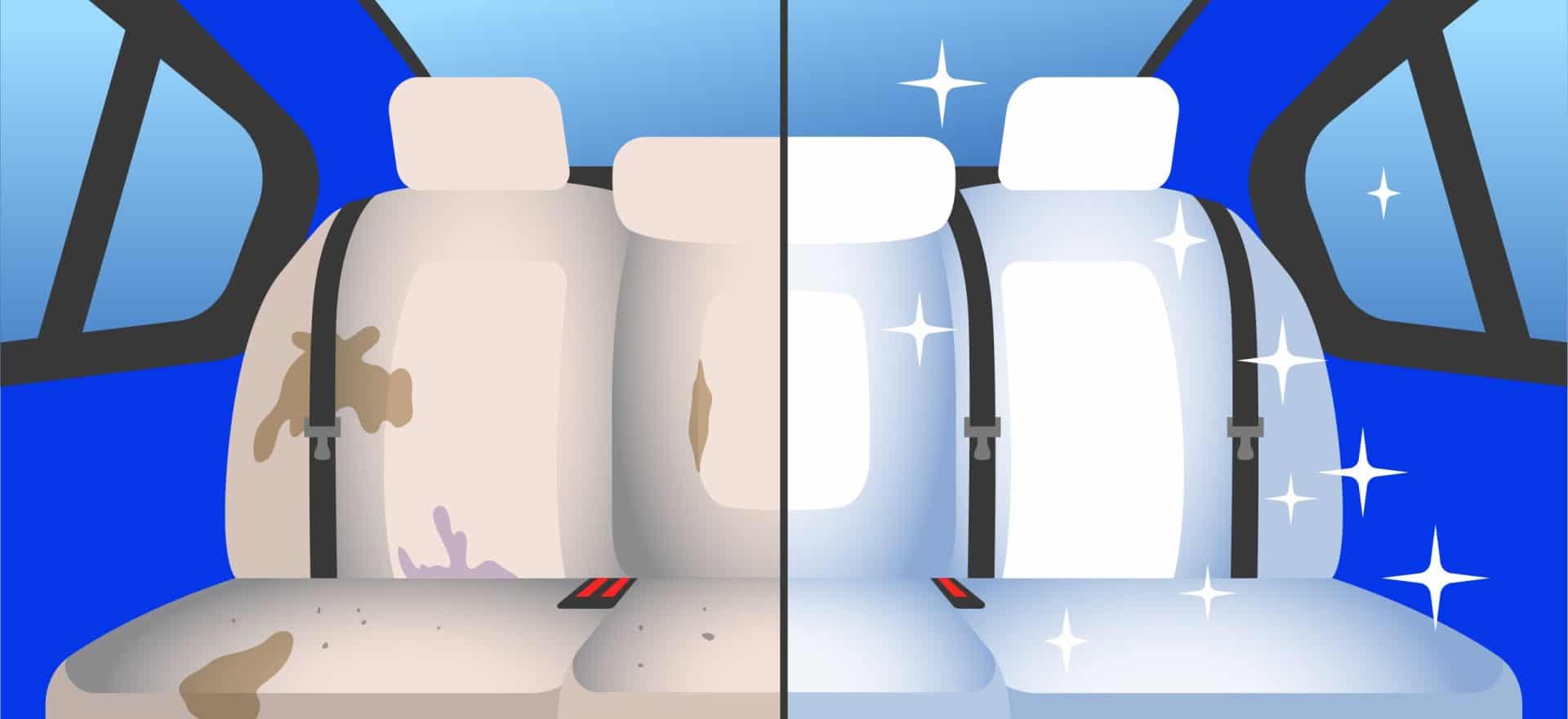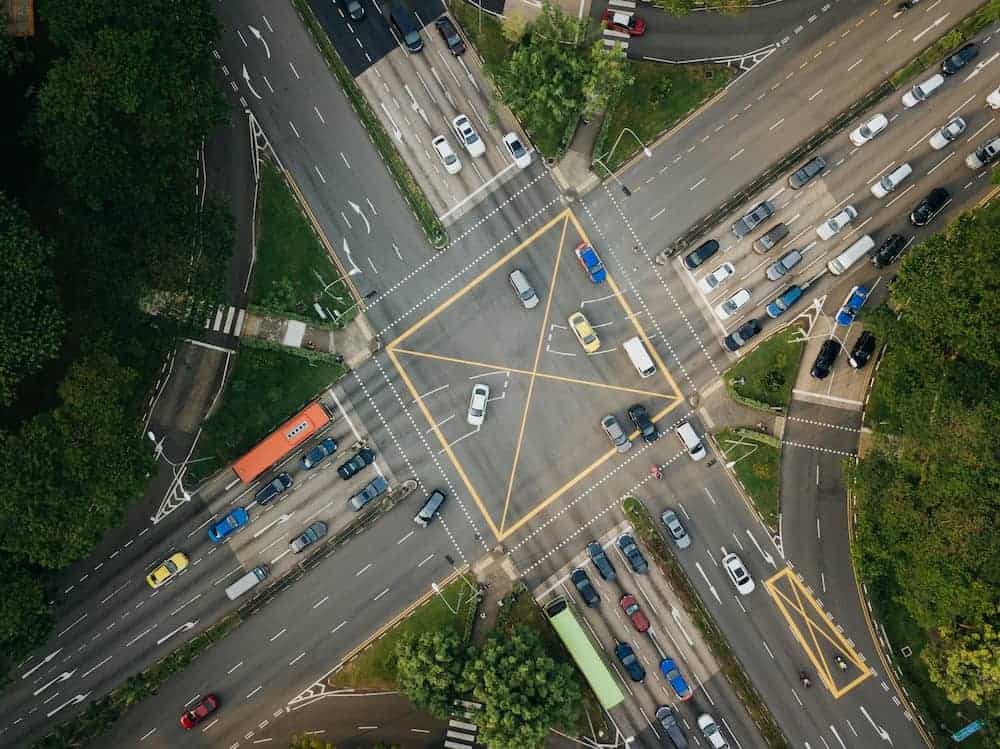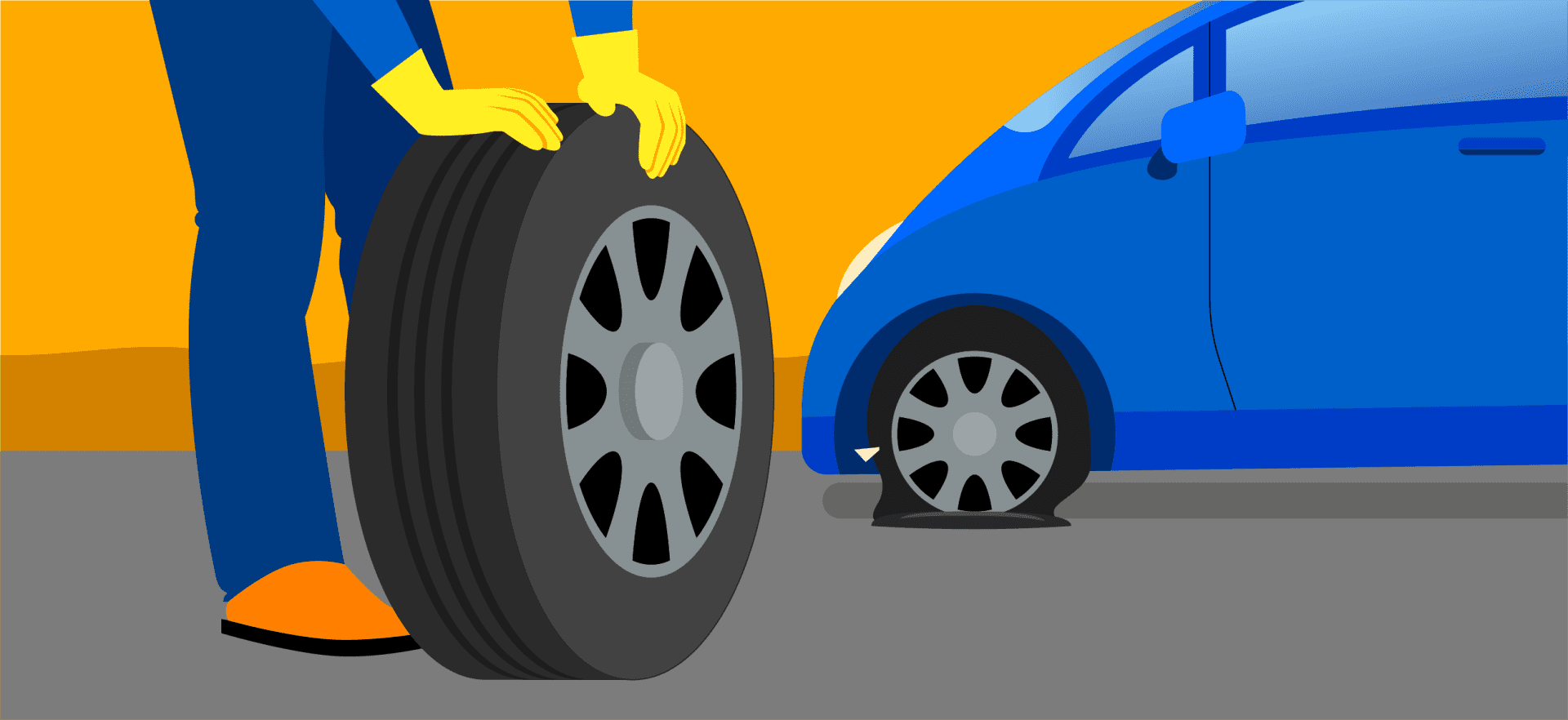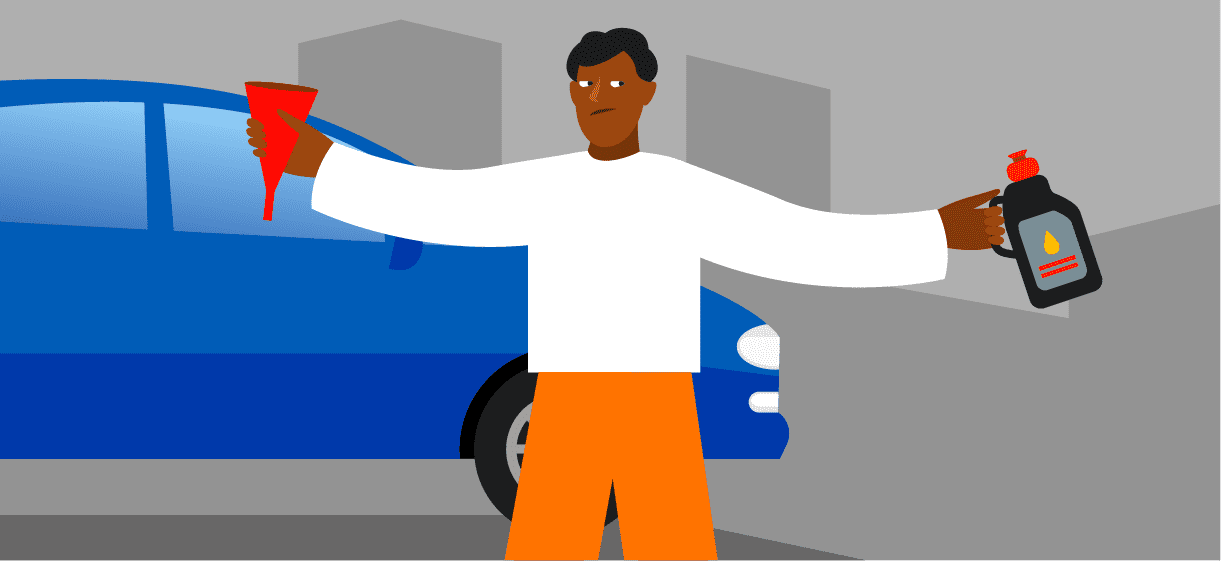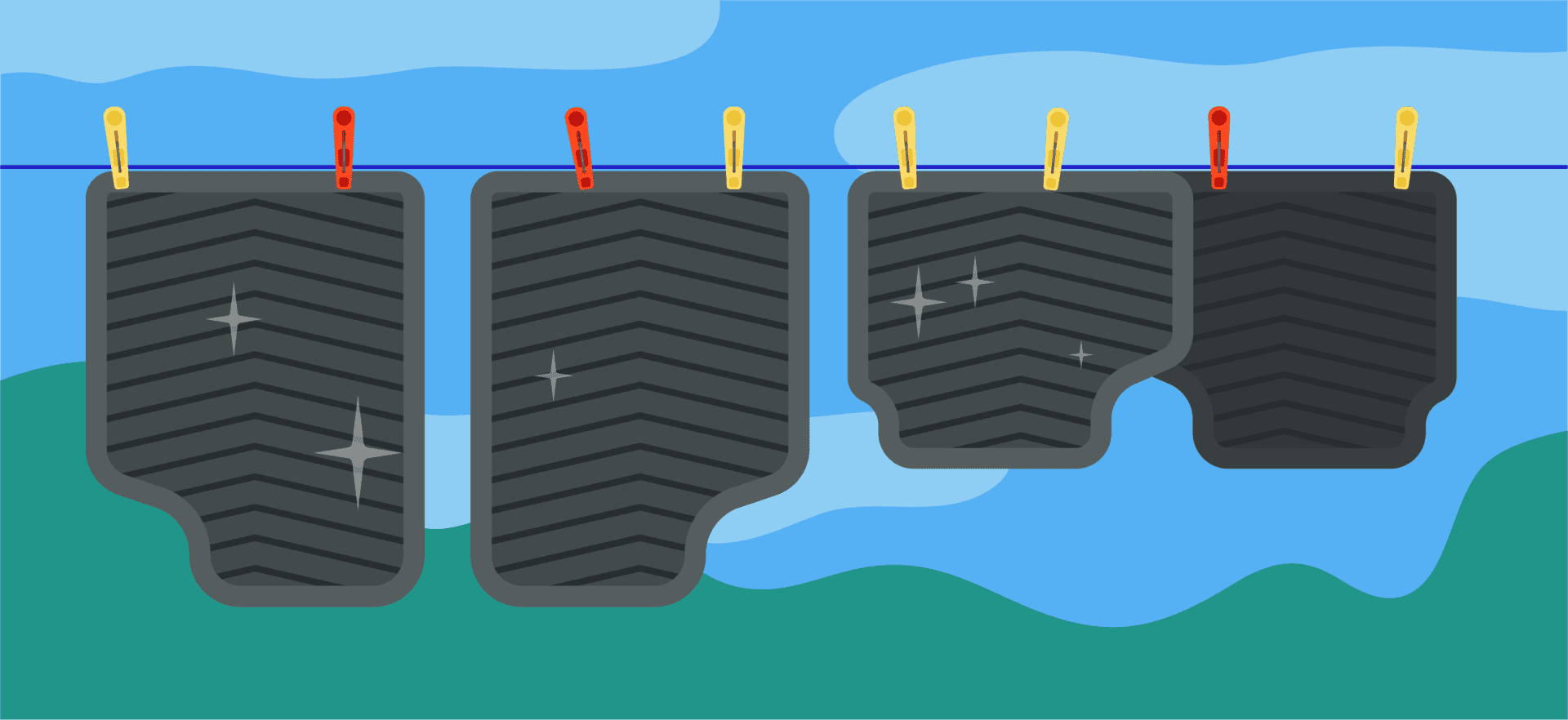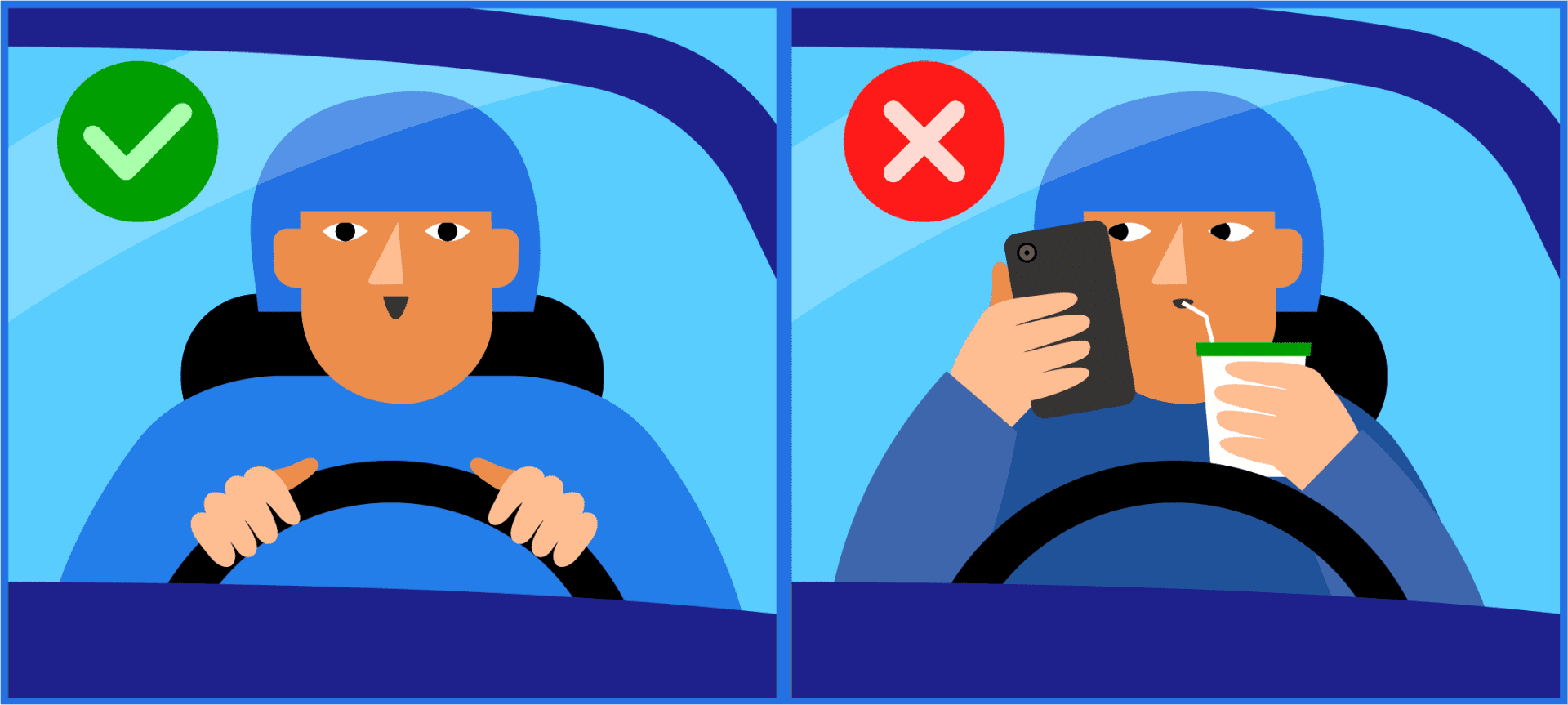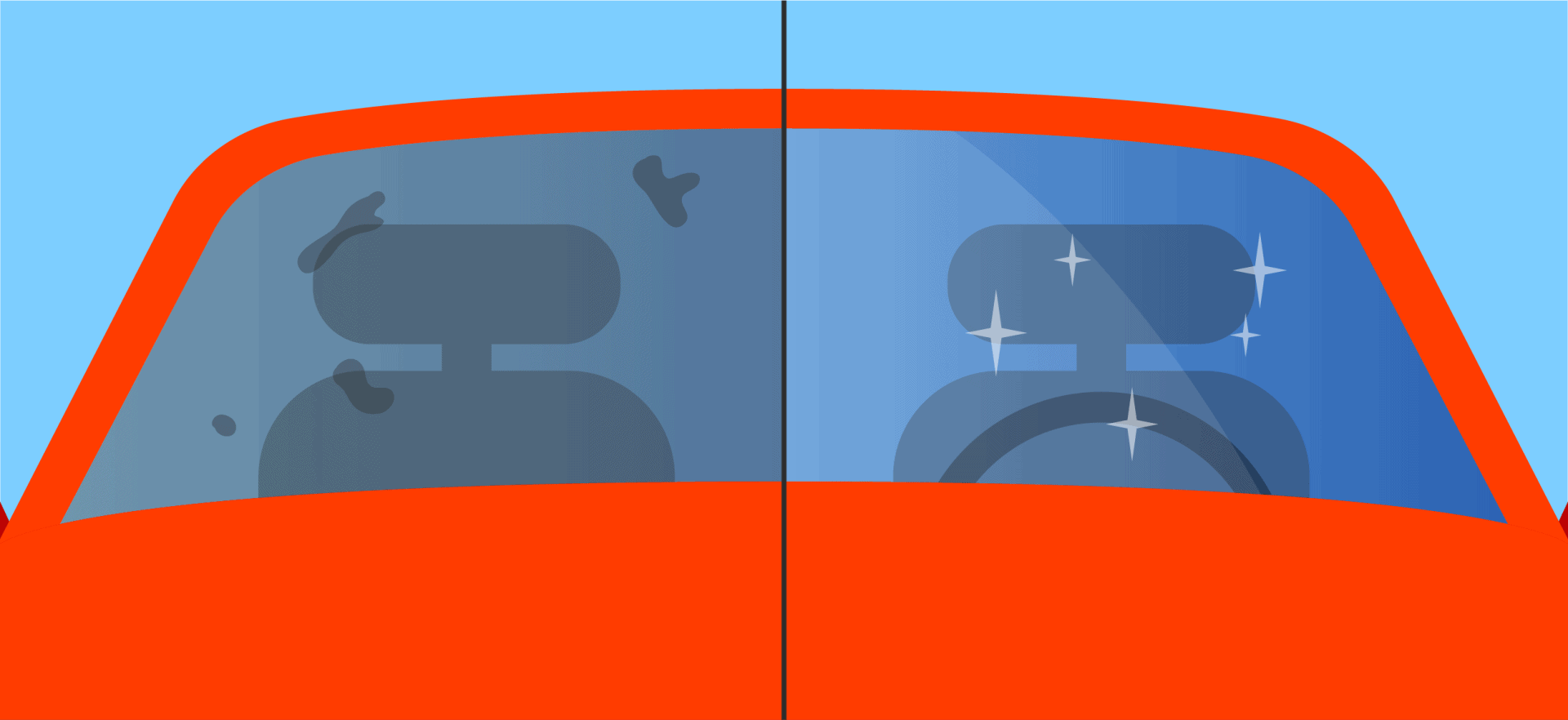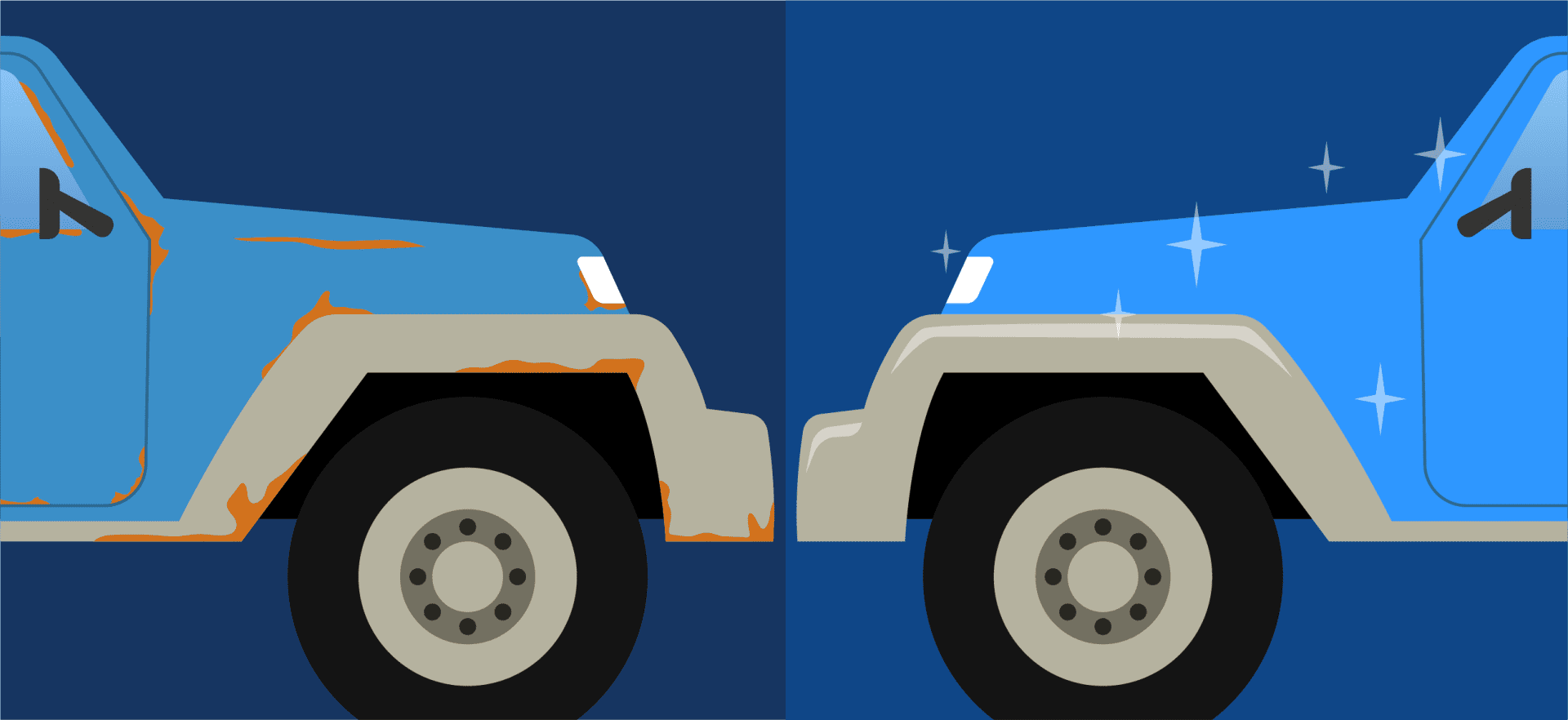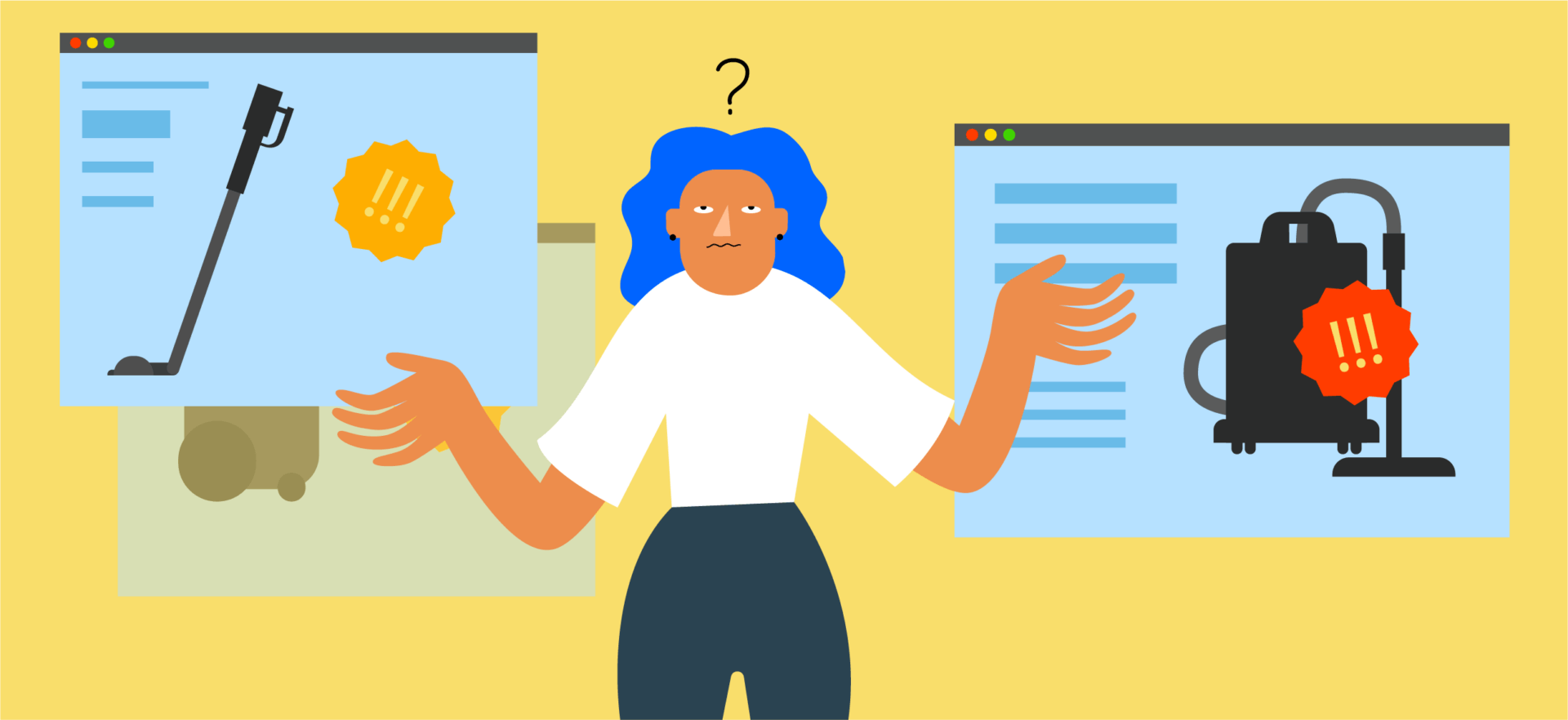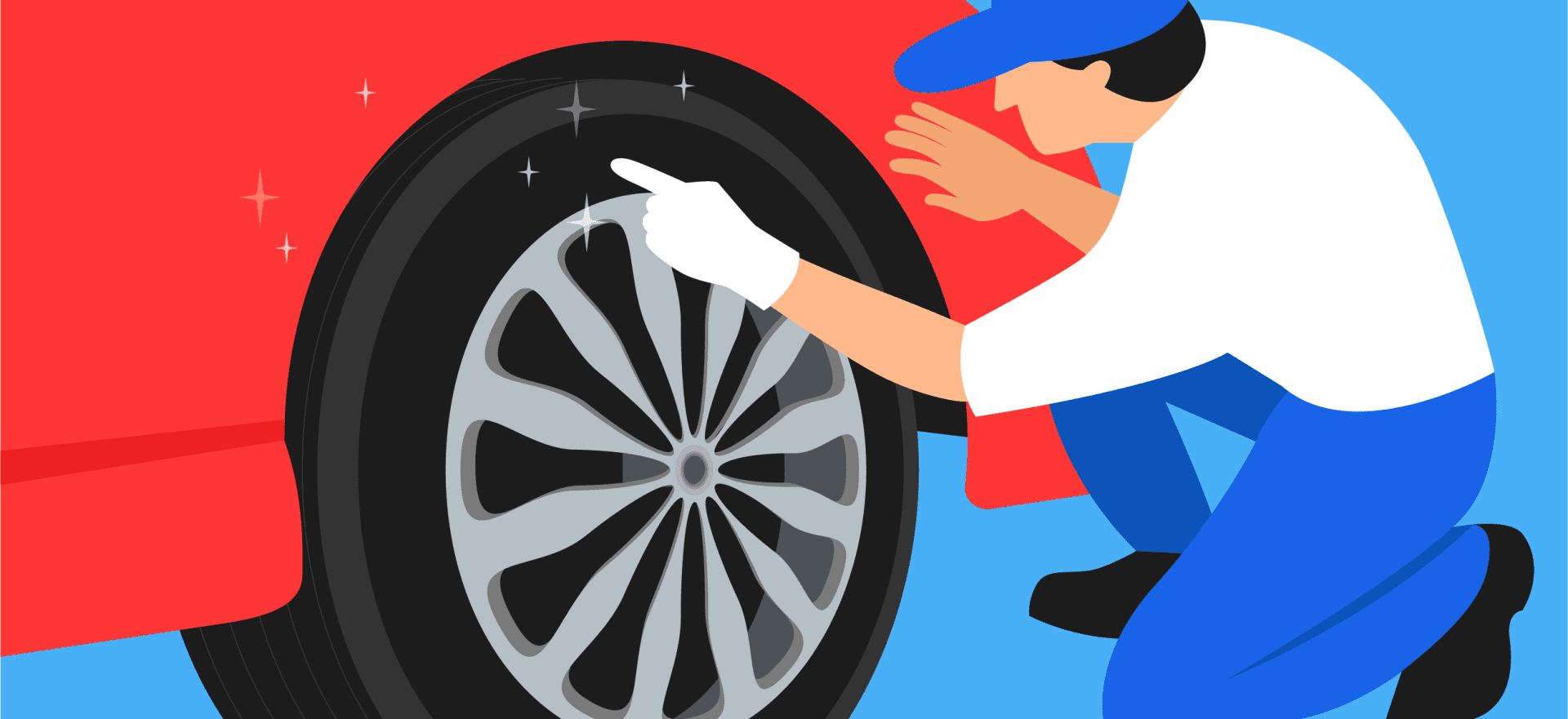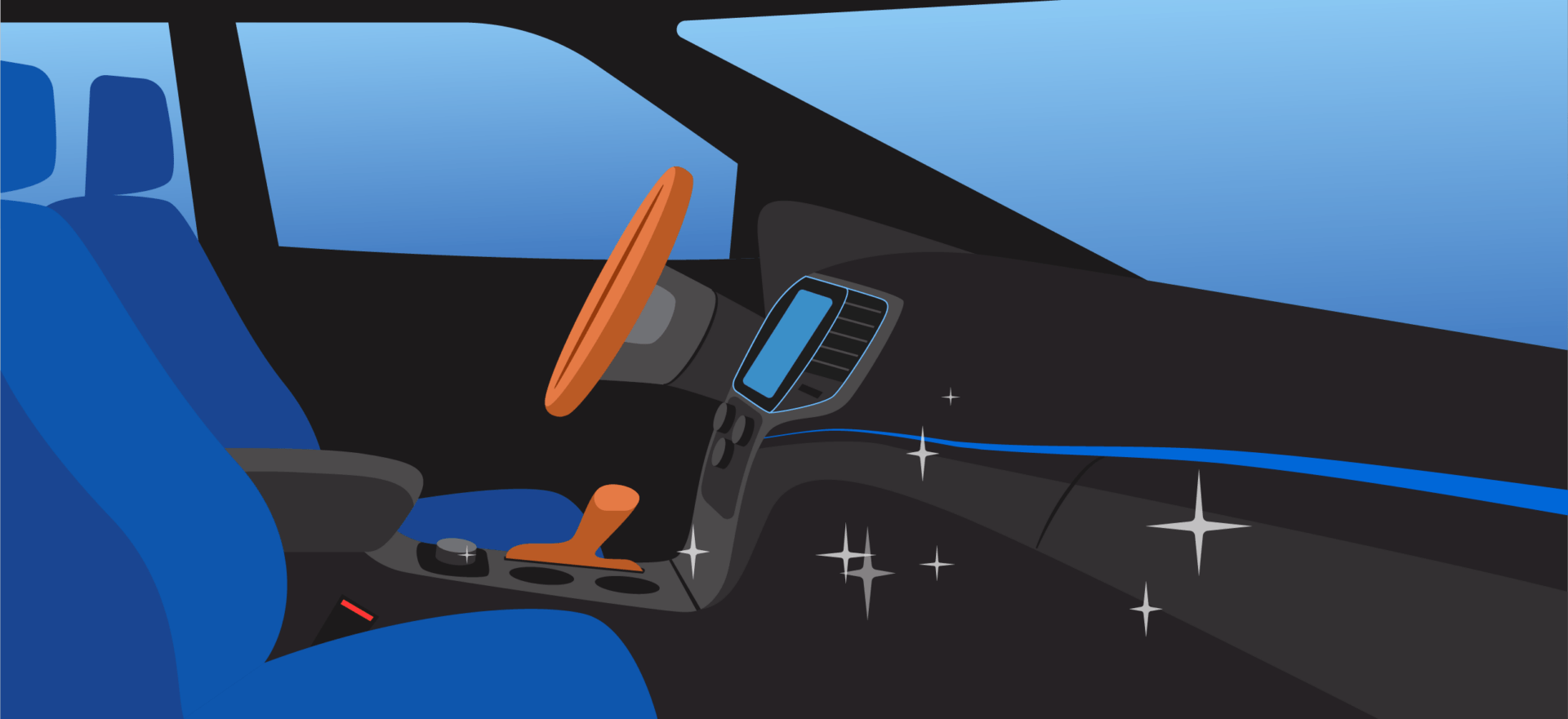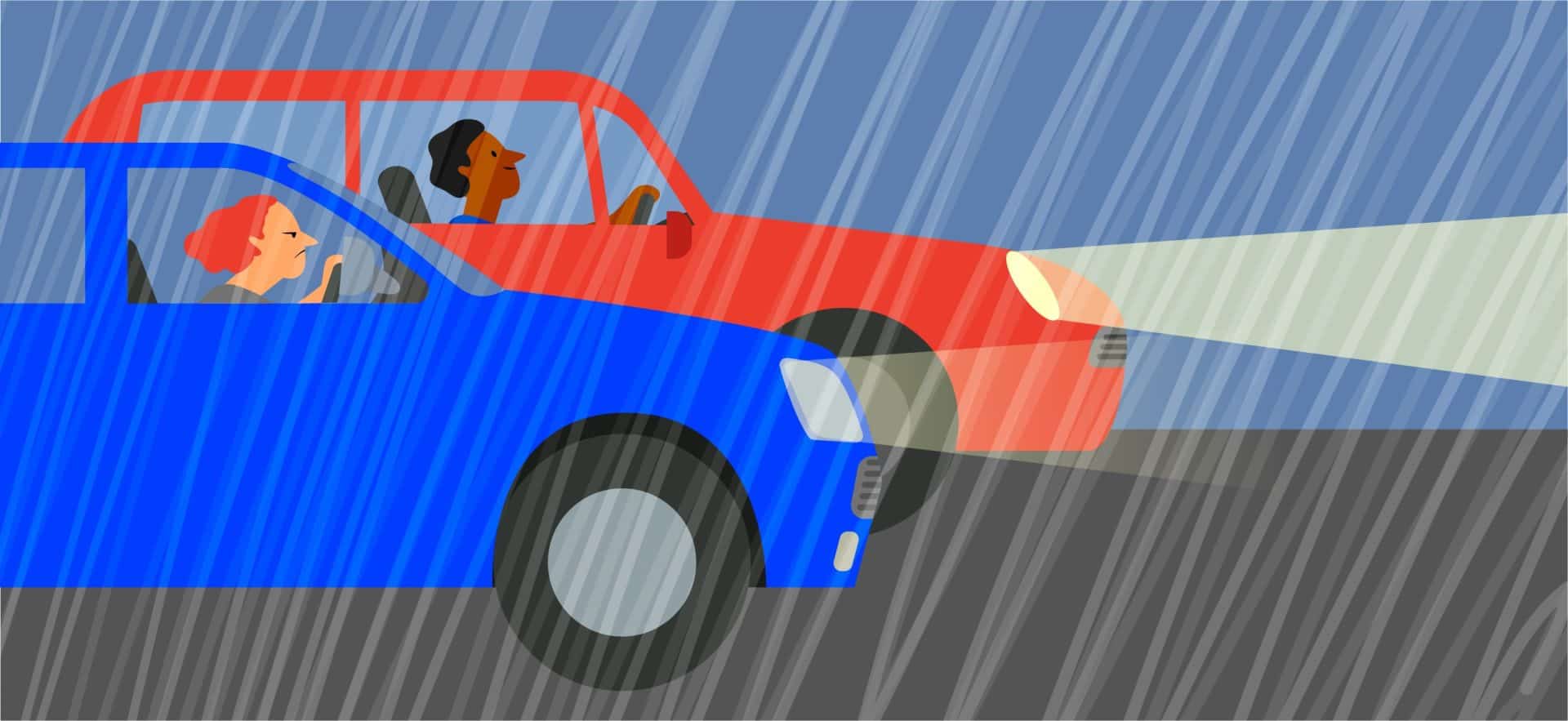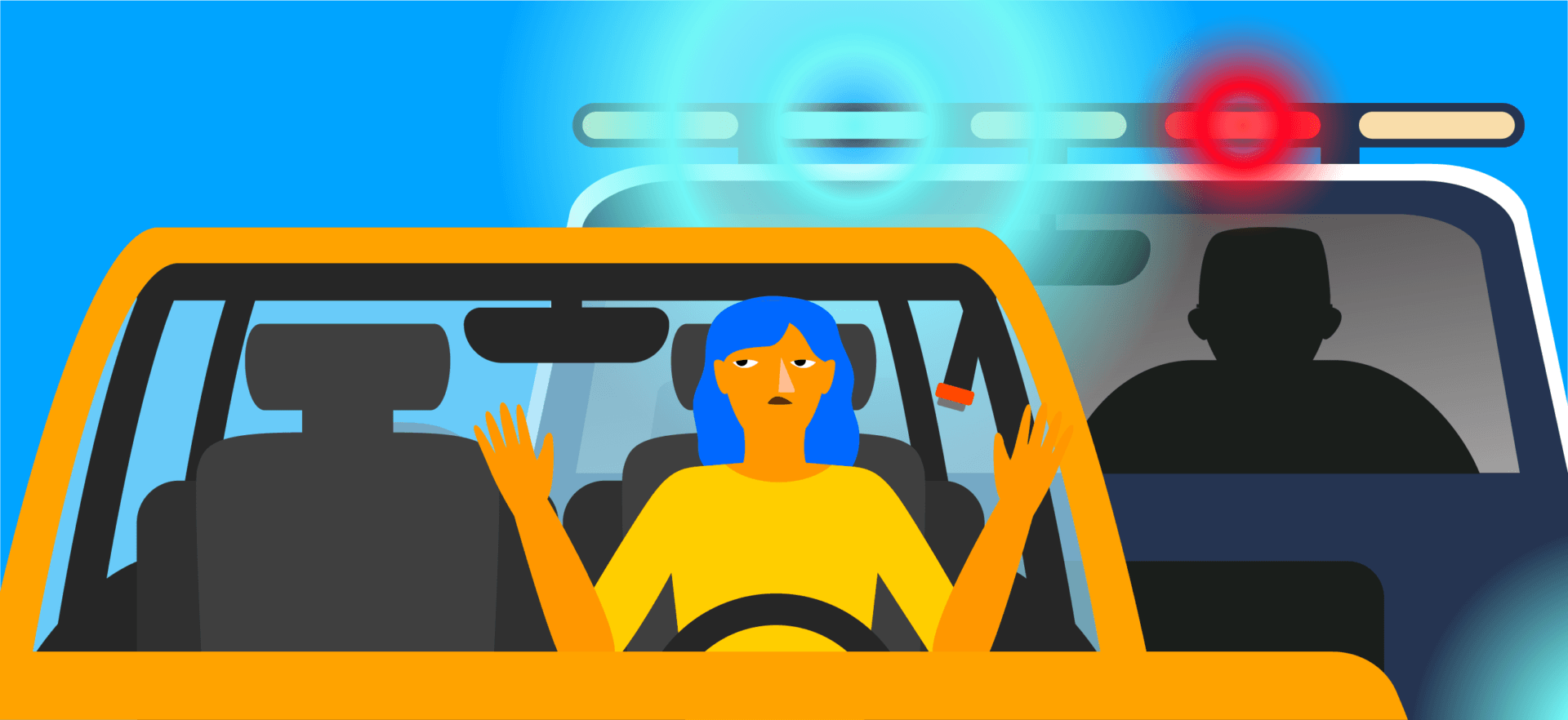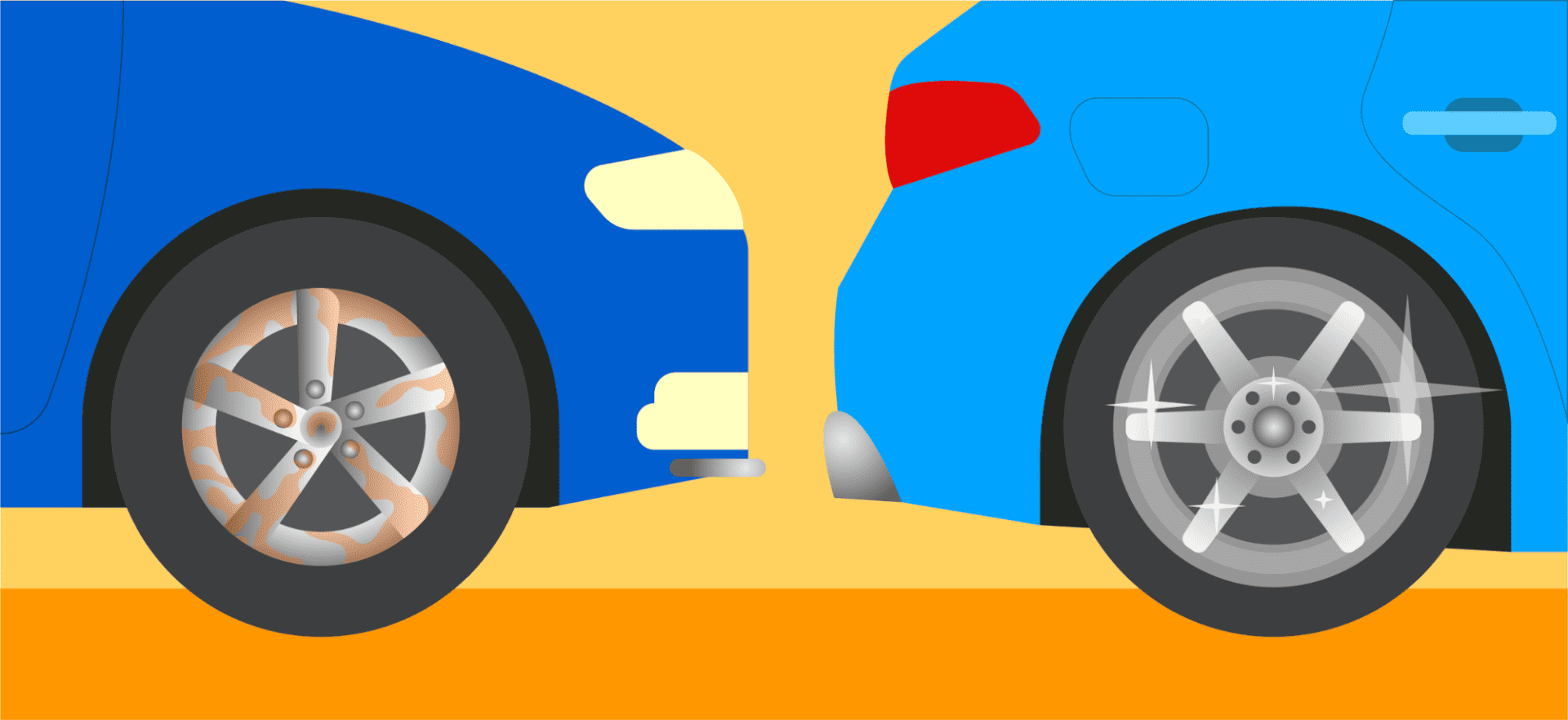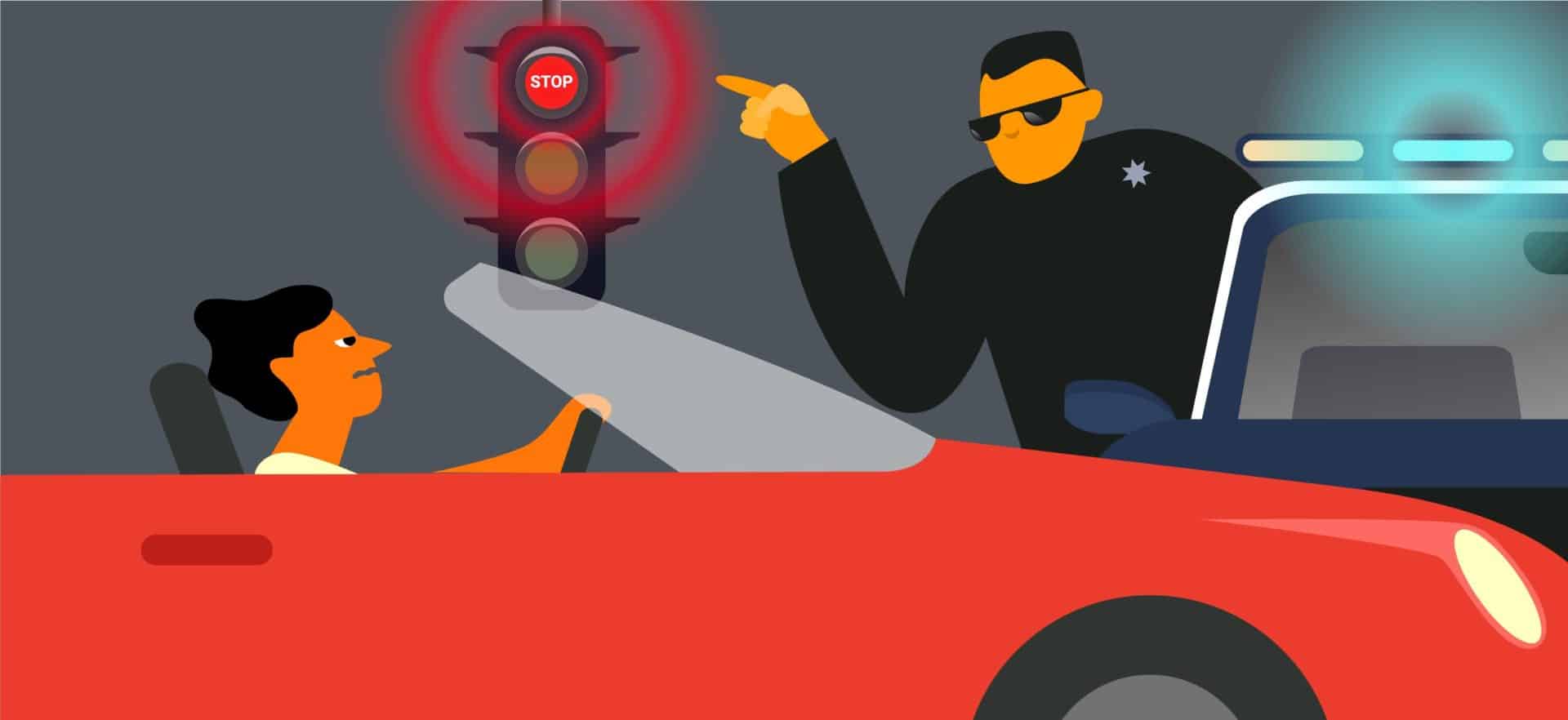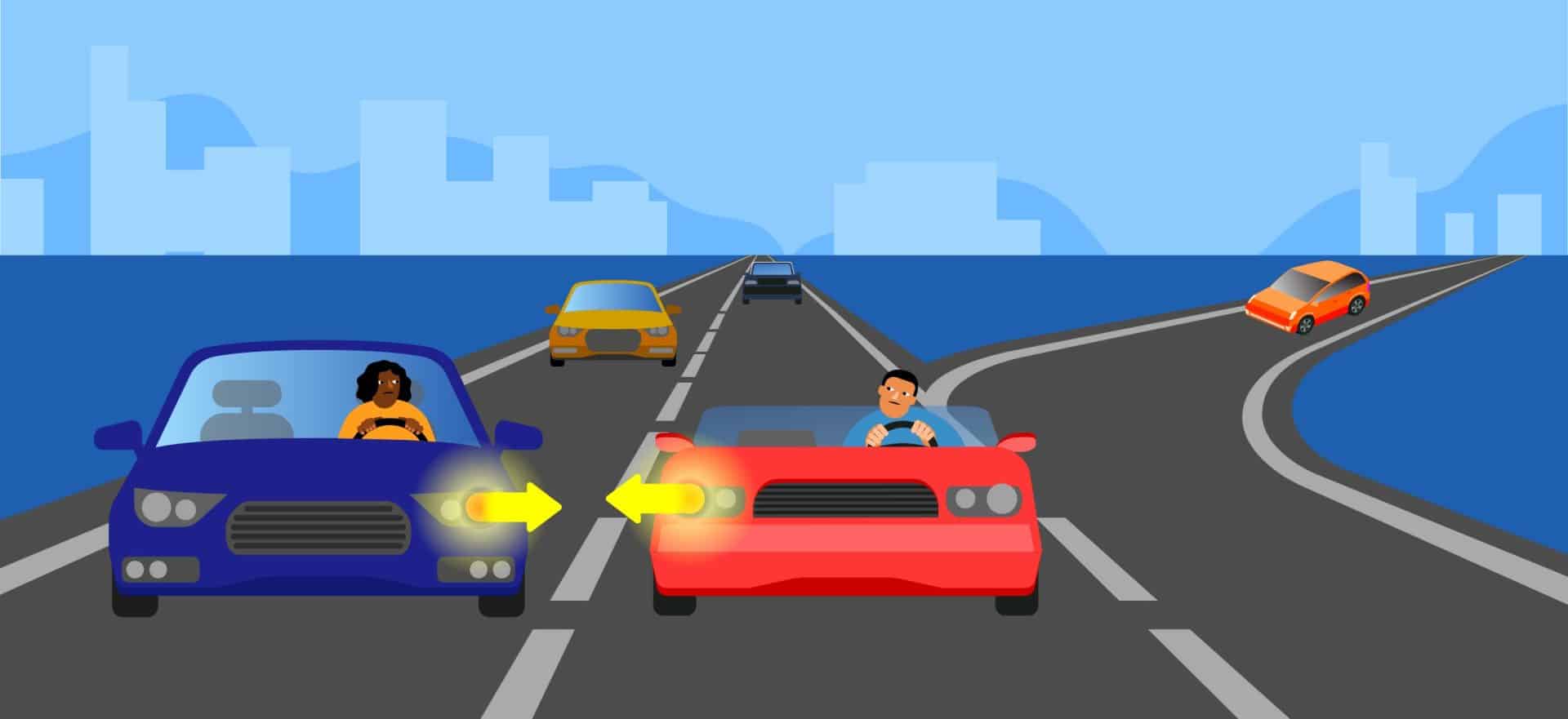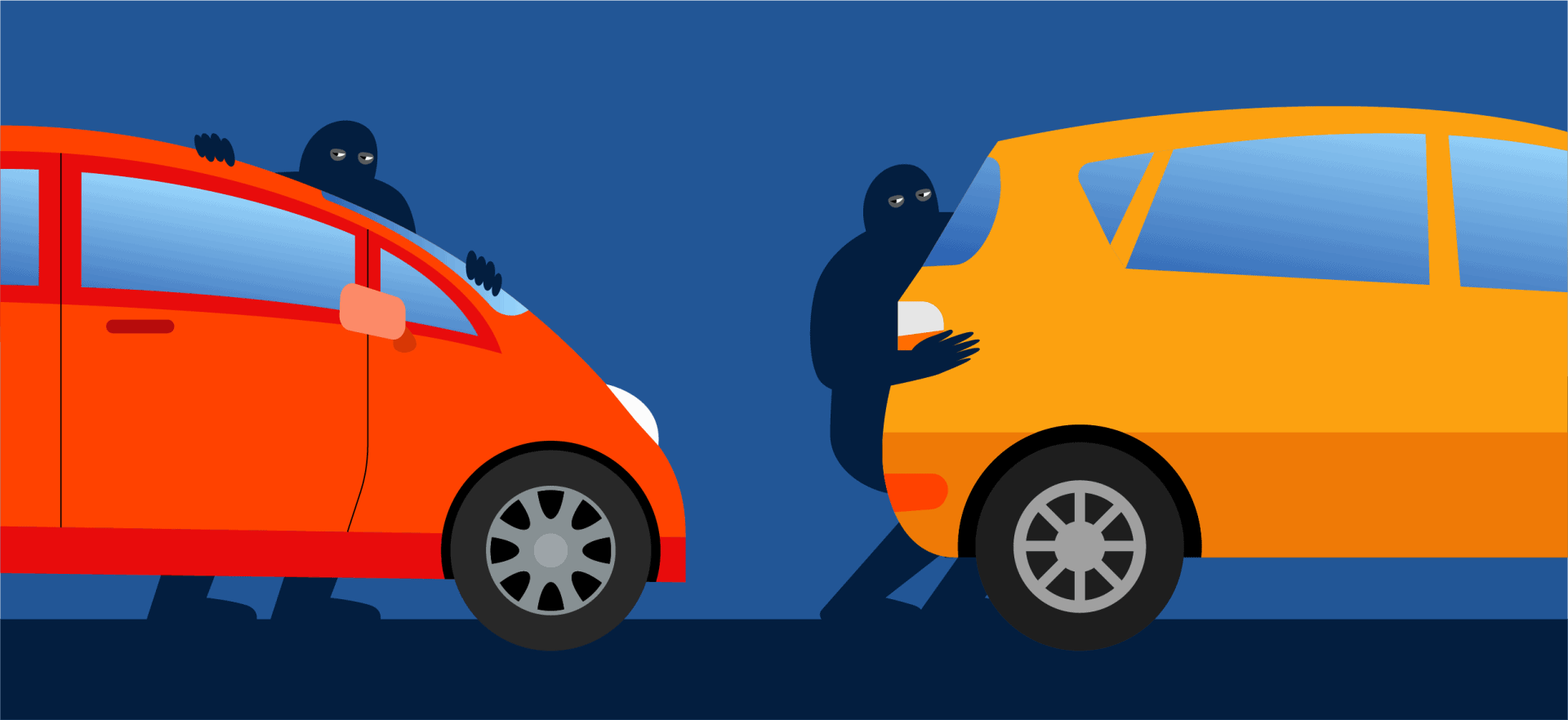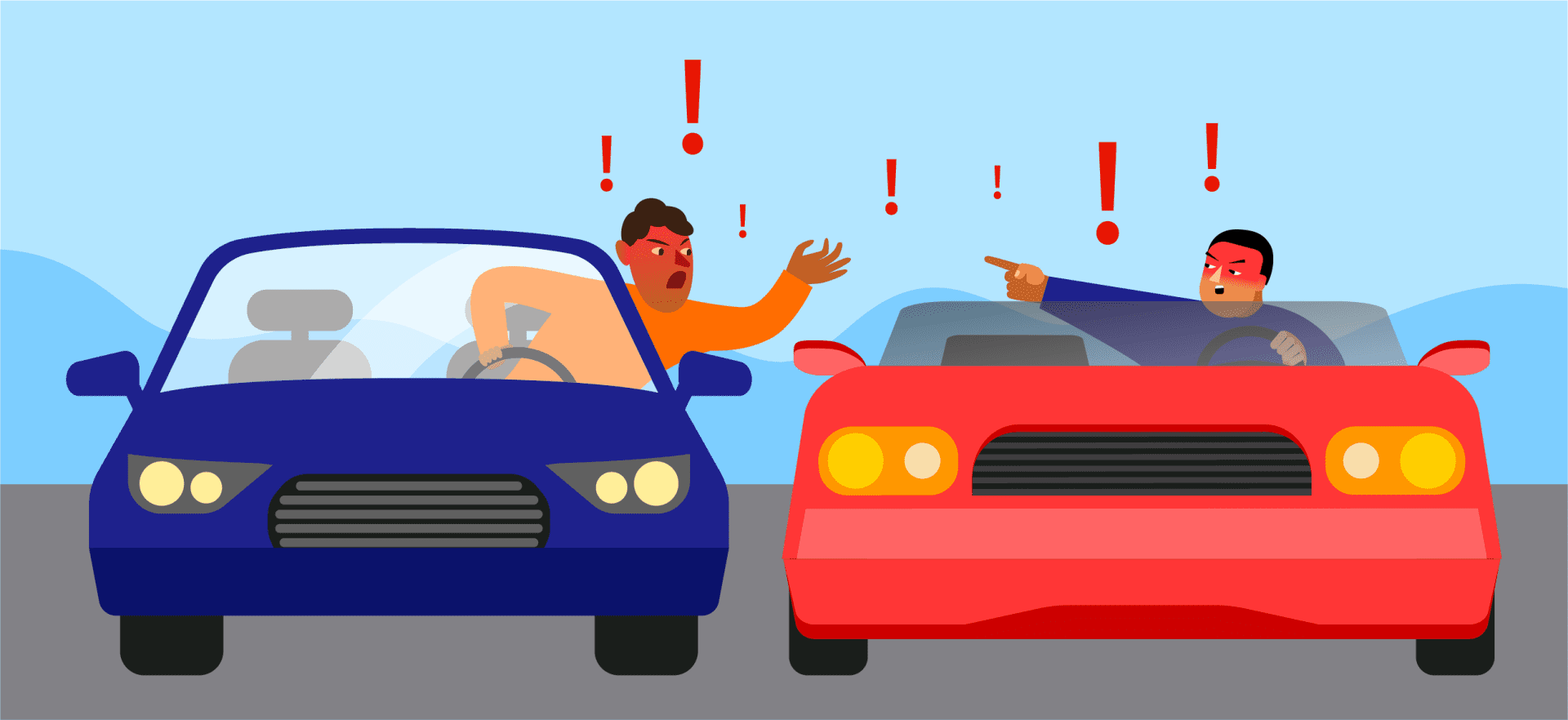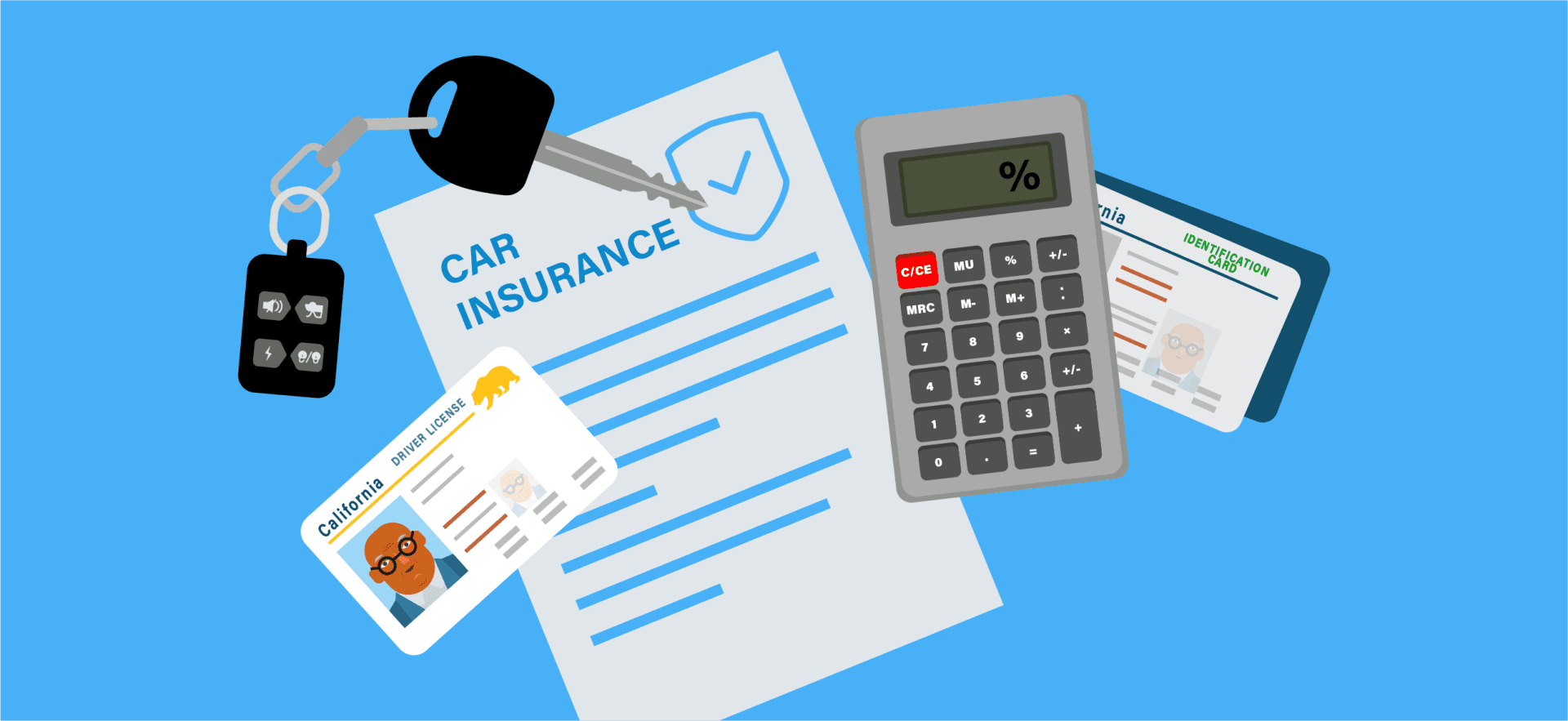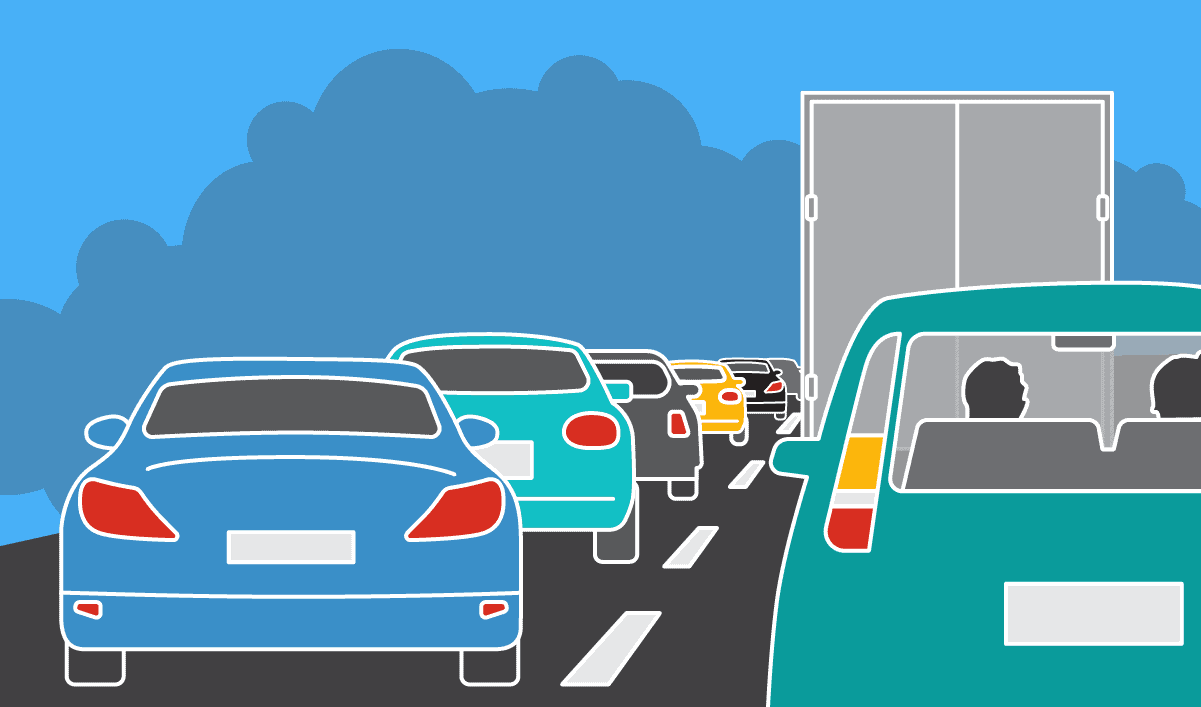These are the new California DMV laws meant to make roads safer coming into effect in 2019. These laws go into effect on January 01, 2019. They may be new laws or changes to existing laws.
Traffic school can help you keep a clean driving record, prevent insurance increases, and more!
New California DMV Laws [2019]
Temporary License Plate Program (AB 516):
This law requires that licensed California car dealers must place a temporary paper licensed plate with a number and expiration date on every vehicle they sell, regardless whether it is new or used unless the DMV had previously issued plates. This will help reduce the number of toll violators and improve safety for law enforcement.
Gender Identity Female, Male, or Nonbinary (SB 179):
This law allows Californians to self-certify their gender identity on their driver’s license or identity card. The options will be male, female or nonbinary. Applicants who choose the “nonbinary” option will receive a card with an “X” gender category.
Driving Under the Influence – Ignition Interlock Device (SB 1046):
This law requires that between Jan. 1, 2019 and 2026, repeat DUI offenders or first time DUI offenders who have caused injuries, must install an ignition interlock device (IID) for a period of 12 to 48 months. The law allows anyone who receives a suspension to get a device and receive credit toward the required device restriction period if they’re later convicted of a DUI. The restrictions apply to DUI violations that involve alcohol or alcohol and drug combinations. They do not apply to drug-only violations.
Courts also have the chance to order first-time DUI offenders who didn’t cause injury to install a device for up to six months. If the court does not order an IDD device, then the offender may have the option to apply for a driver license for IID restrictions and get a device requiring them to drive to work and to and from a DUI treatment program for 12 months.
Smog Check Changes and New Abatement Fees (AB 1274):
This law expands the smog check inspection exemption on vehicles that are up to eight model years old. The previous exemption was for vehicles up to six years old. During the two additional years of exemption, vehicle owners must pay a $25 yearly smog abatement fee. The current $20 smog abatement fee for the first six years of exemption remains unchanged.
Driving Privilege for Minors (AB 2685):
Courts can no longer suspend, restrict or delay the issuance of a minor’s driver’s license for up to one year for being a ward of the state. Any suspensions or delays reported to the DMV prior to Jan. 1, 2019 will remain in effect.
Motorized Scooters (AB 2989):
Riders over the age of 18 are no longer need to use a bicycle helmet to use a motorized scooter. This law also amends an existing law that prohibits a person from driving a motorized scooter on a highway that has a speed limit greater than 25 miles per hour, unless it is within a Class IV bikeway as well as a Class II bikeway
Unsafe, unsecured loads on vehicles (AB 1925):
The DMV must include at least one question addressing laws pertaining to driving with an unsafe, unsecured load in at least 20 percent of the knowledge tests administered to driver license applicants. This is to reinforce traffic safety laws that all vehicle loads must be covered or secured.
Decals for Low Emission Vehicles (AB 544):
AB 544 created a new program to grant low-emission vehicles and transitional zero-emission vehicles access to high-occupancy vehicle (HOV) lanes for an approximate four-year period, regardless of the vehicle occupancy level.
A green or white decal is only valid until the 1st of January 2019. Any vehicles displaying these decals will no longer have access to HOV lanes after that.
Vehicles that were issued a green or white decal between January 1, 2017, and March 1, 2018, are eligible to apply for a red decal that grants them access to HOV lanes until January 1, 2022.
The DMV will issue light purple decals in 2019 that will grant access to HOV lanes until January 1, 2023
Those are all the California DMV laws changing in the new year. We will try to update this page if something changes.

